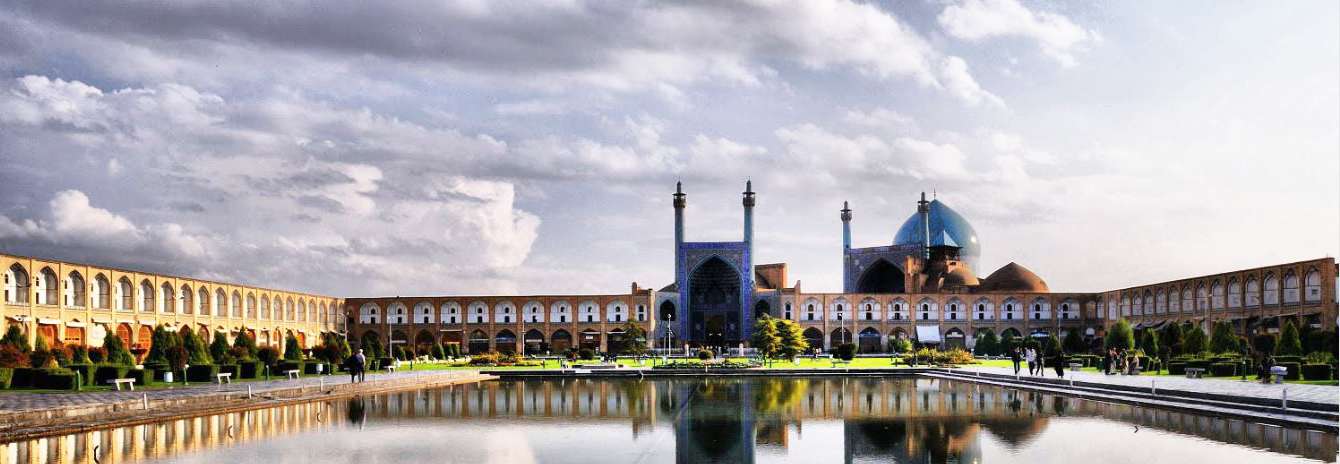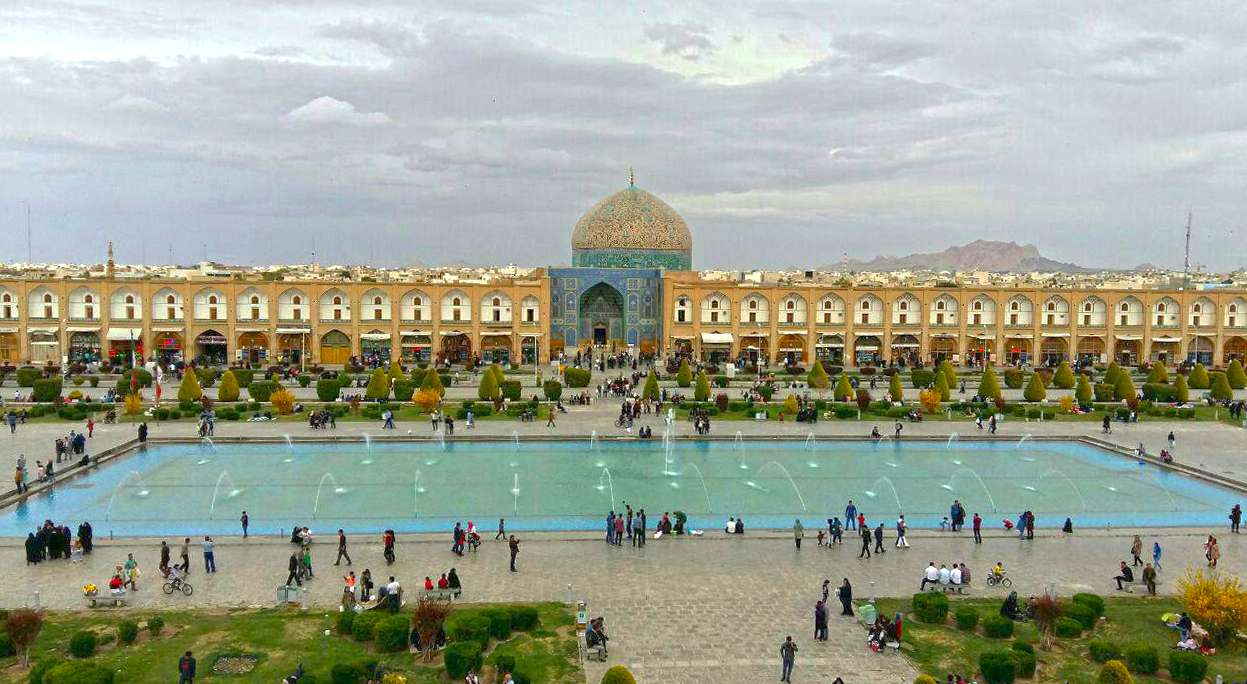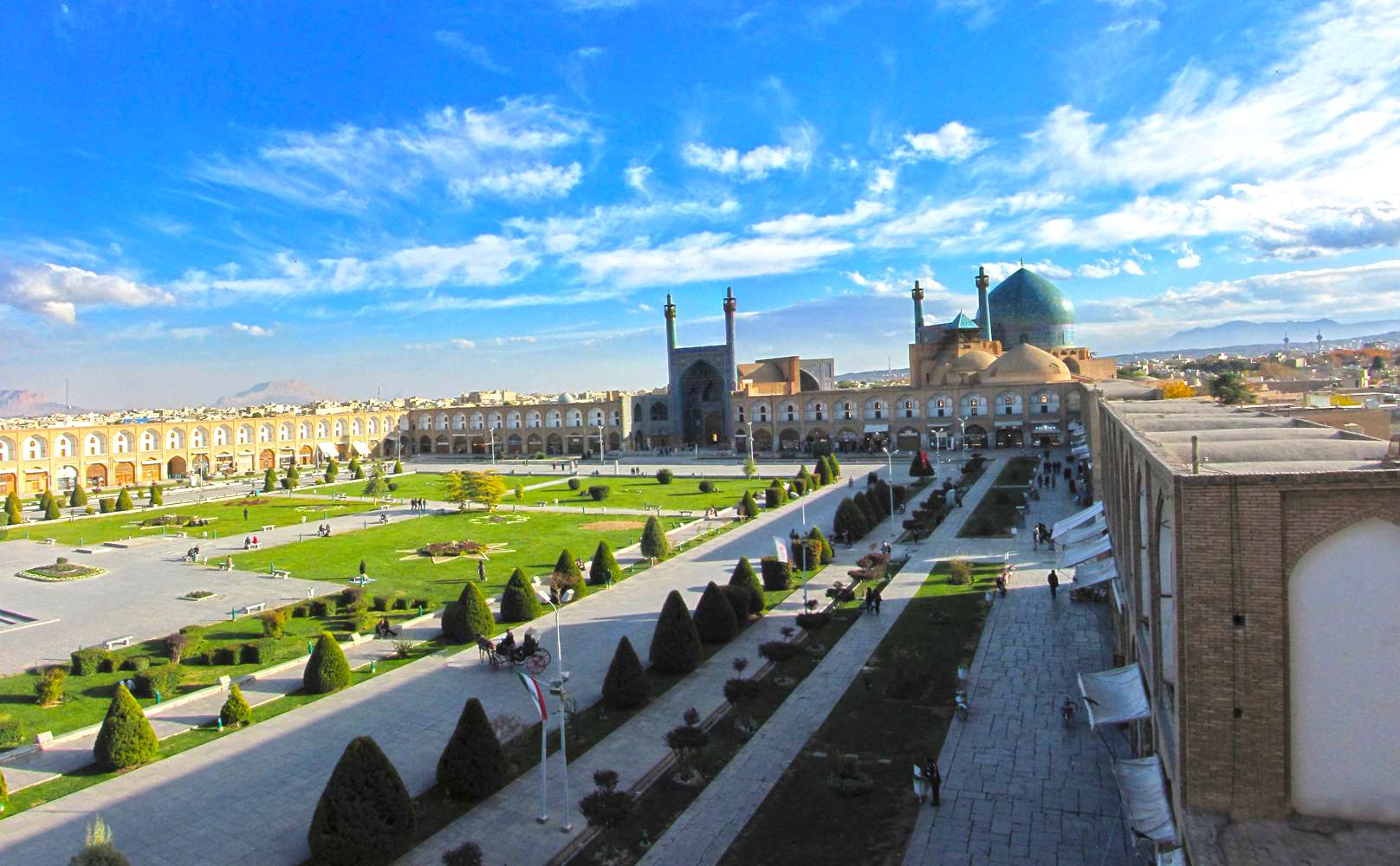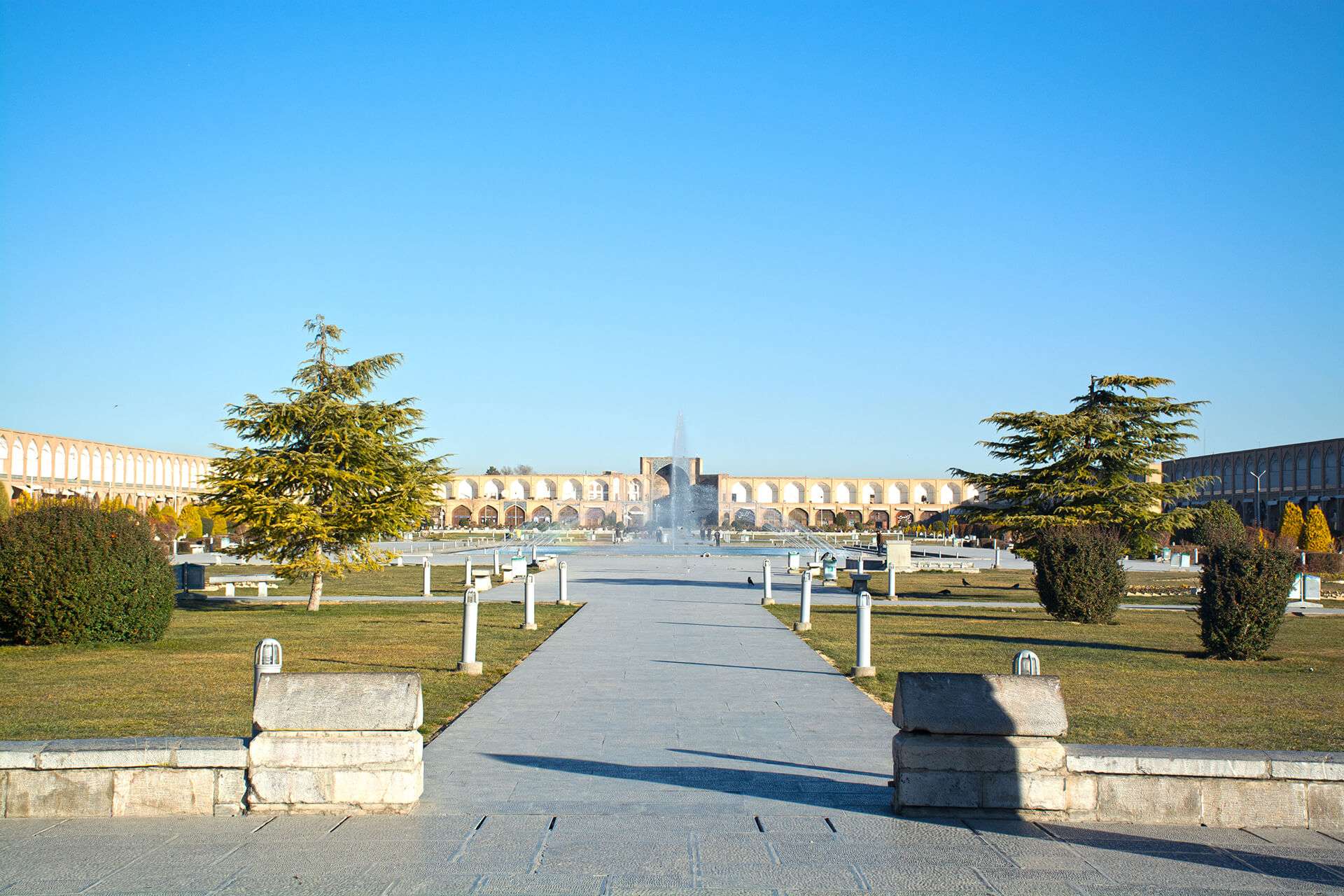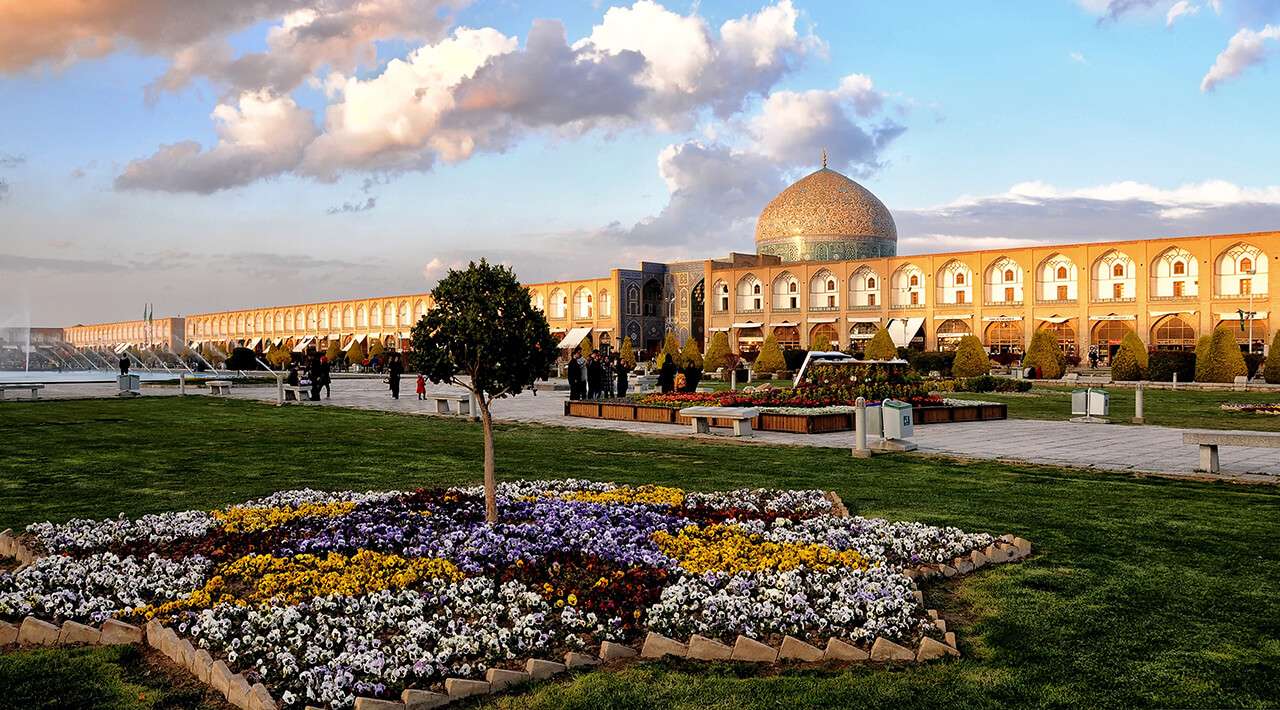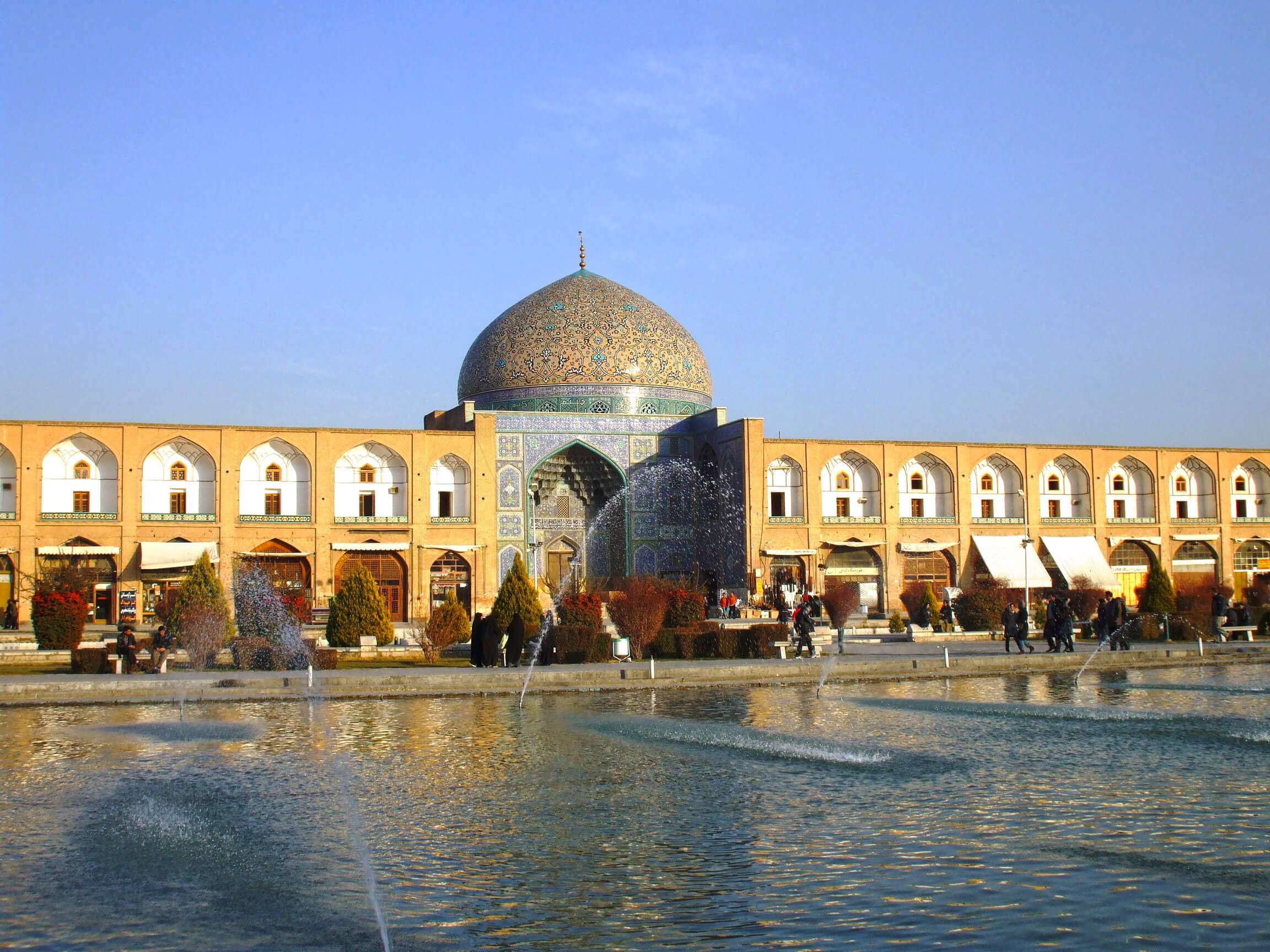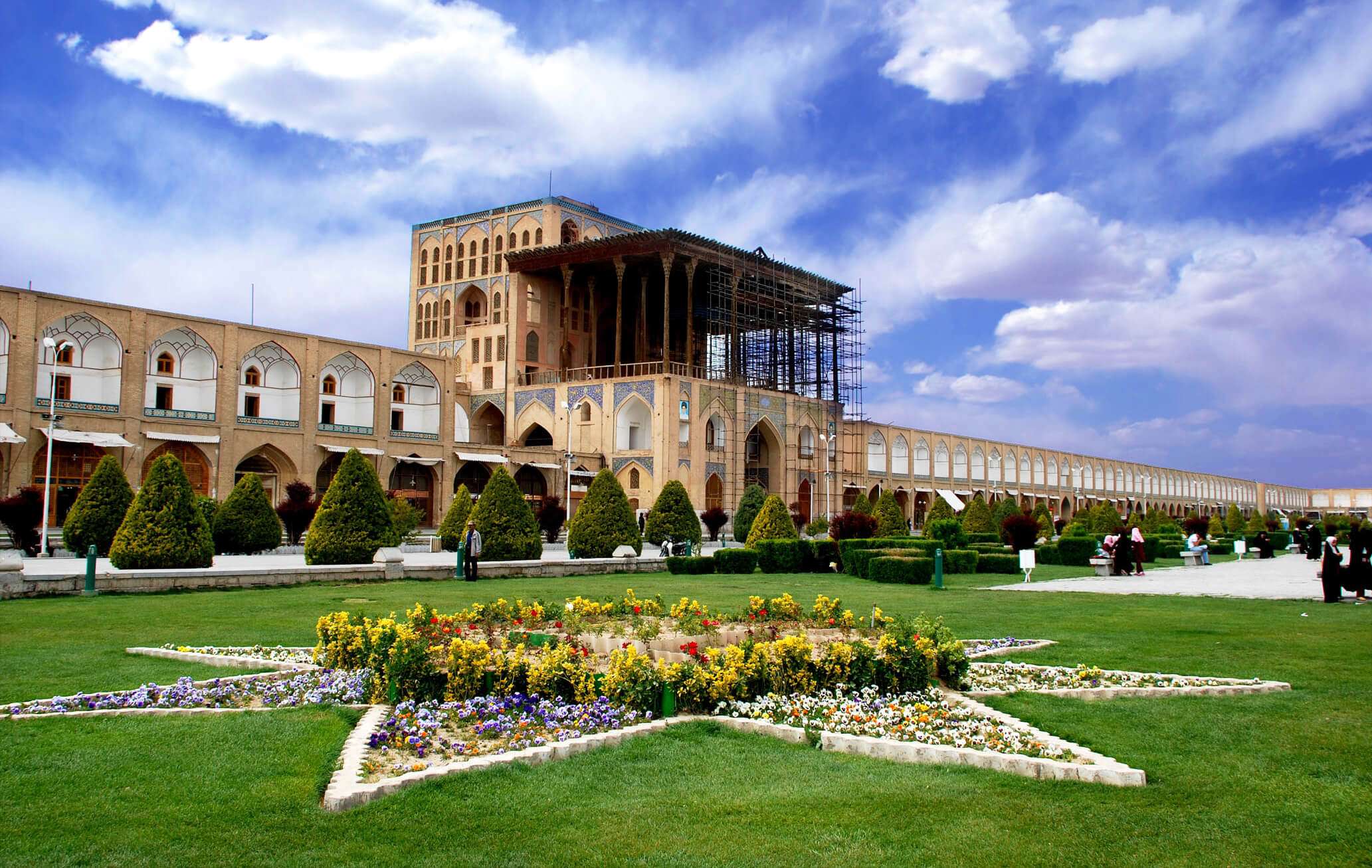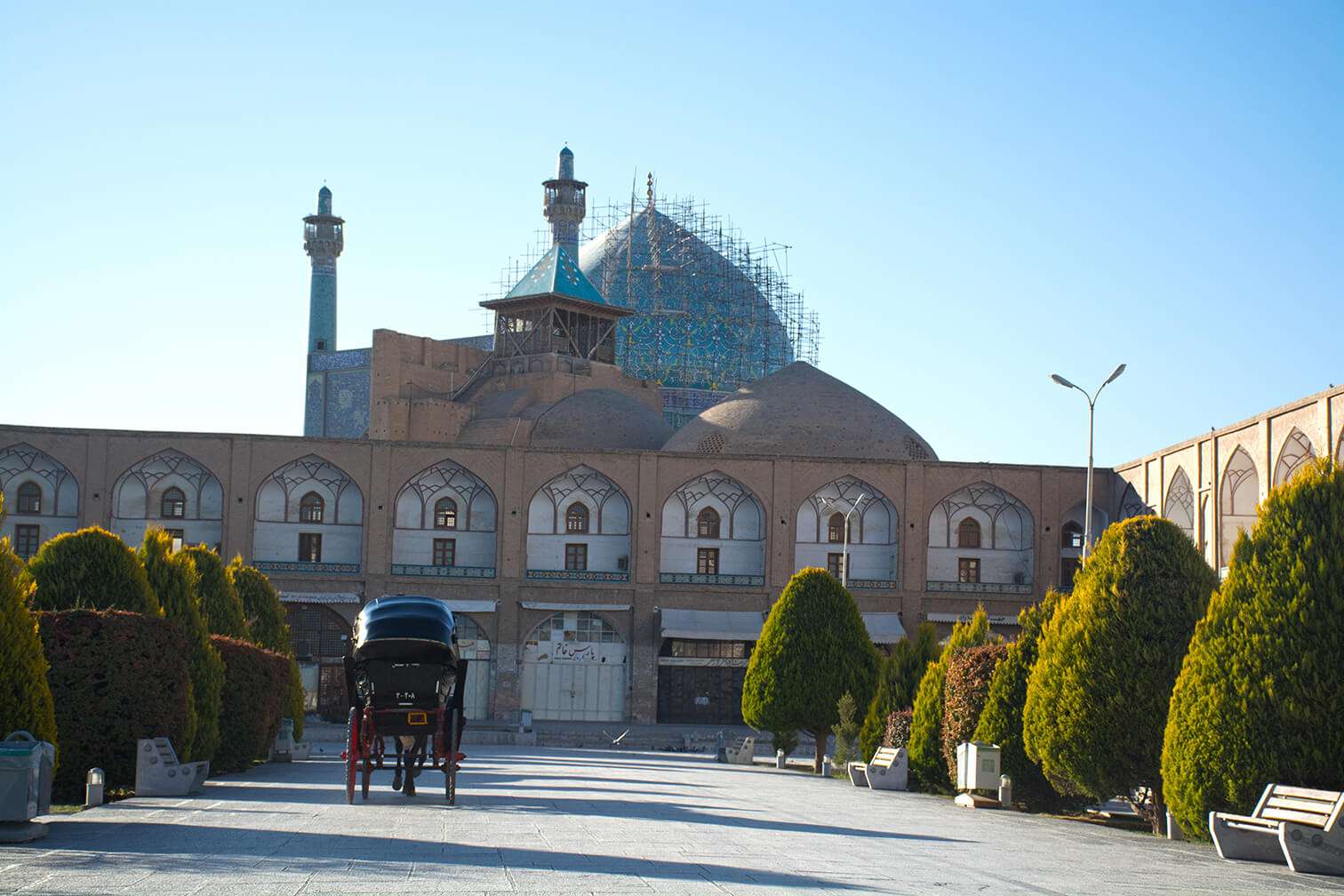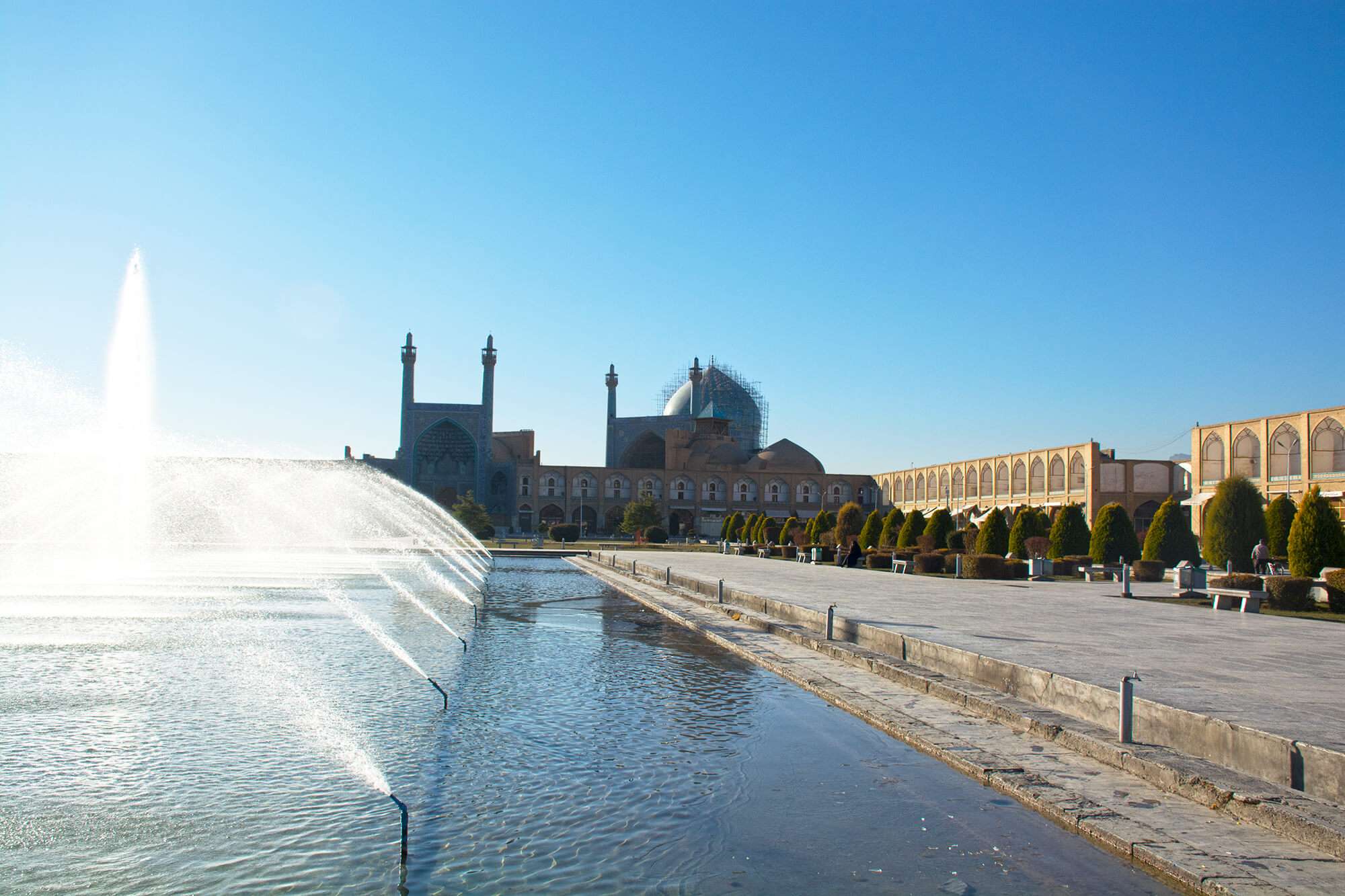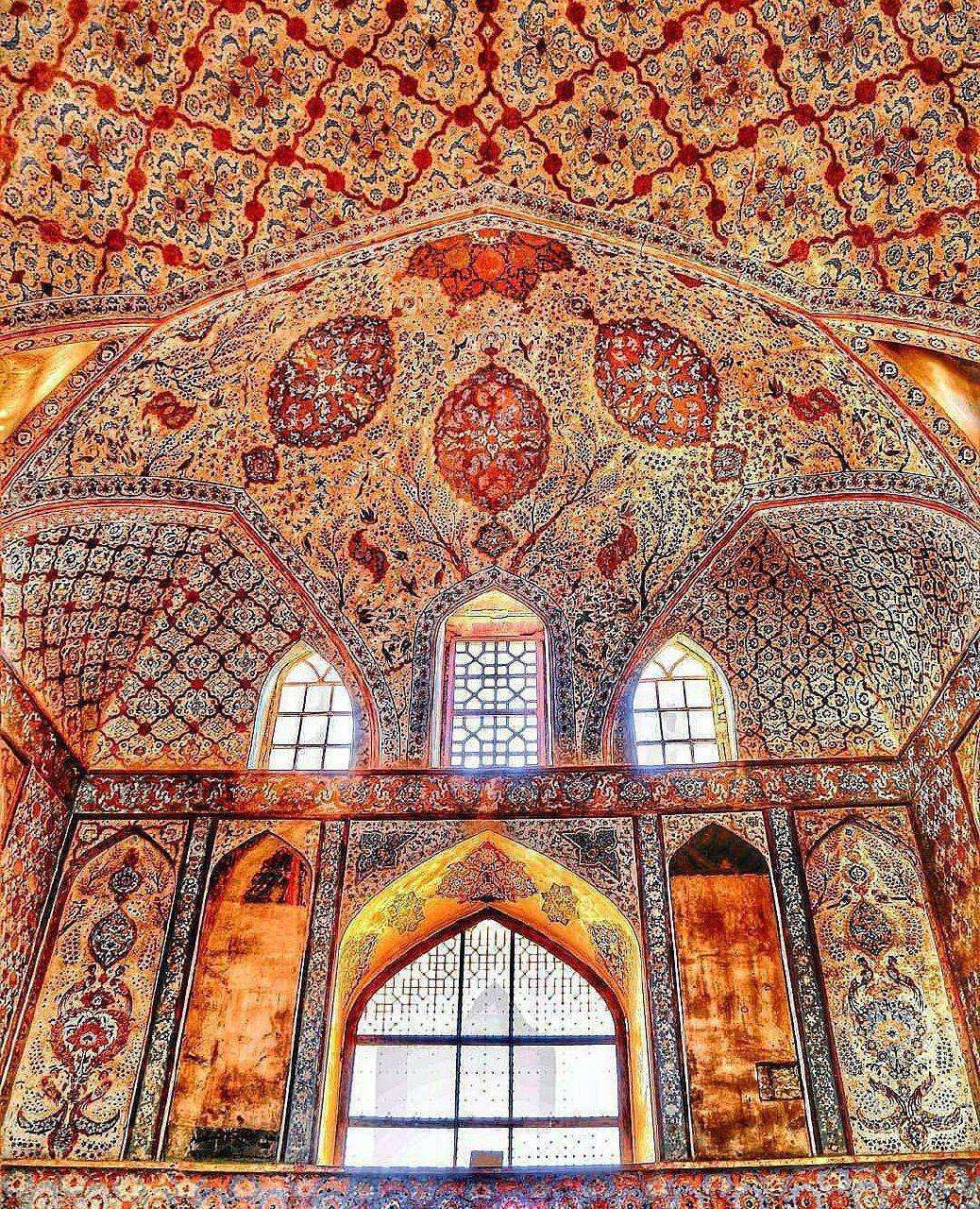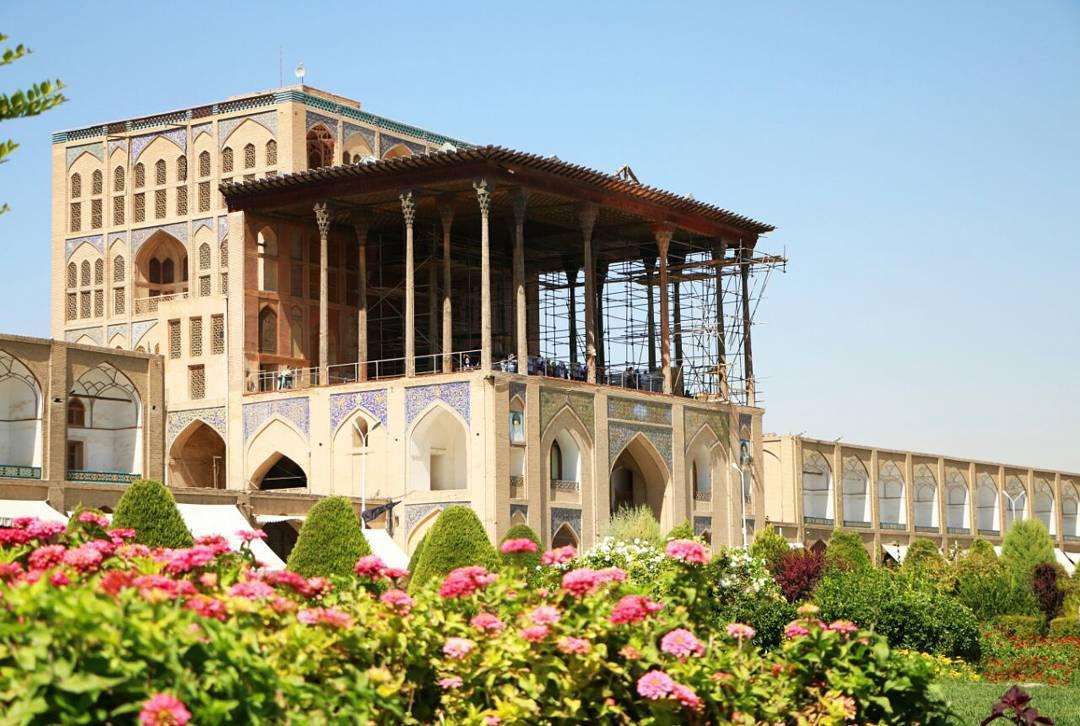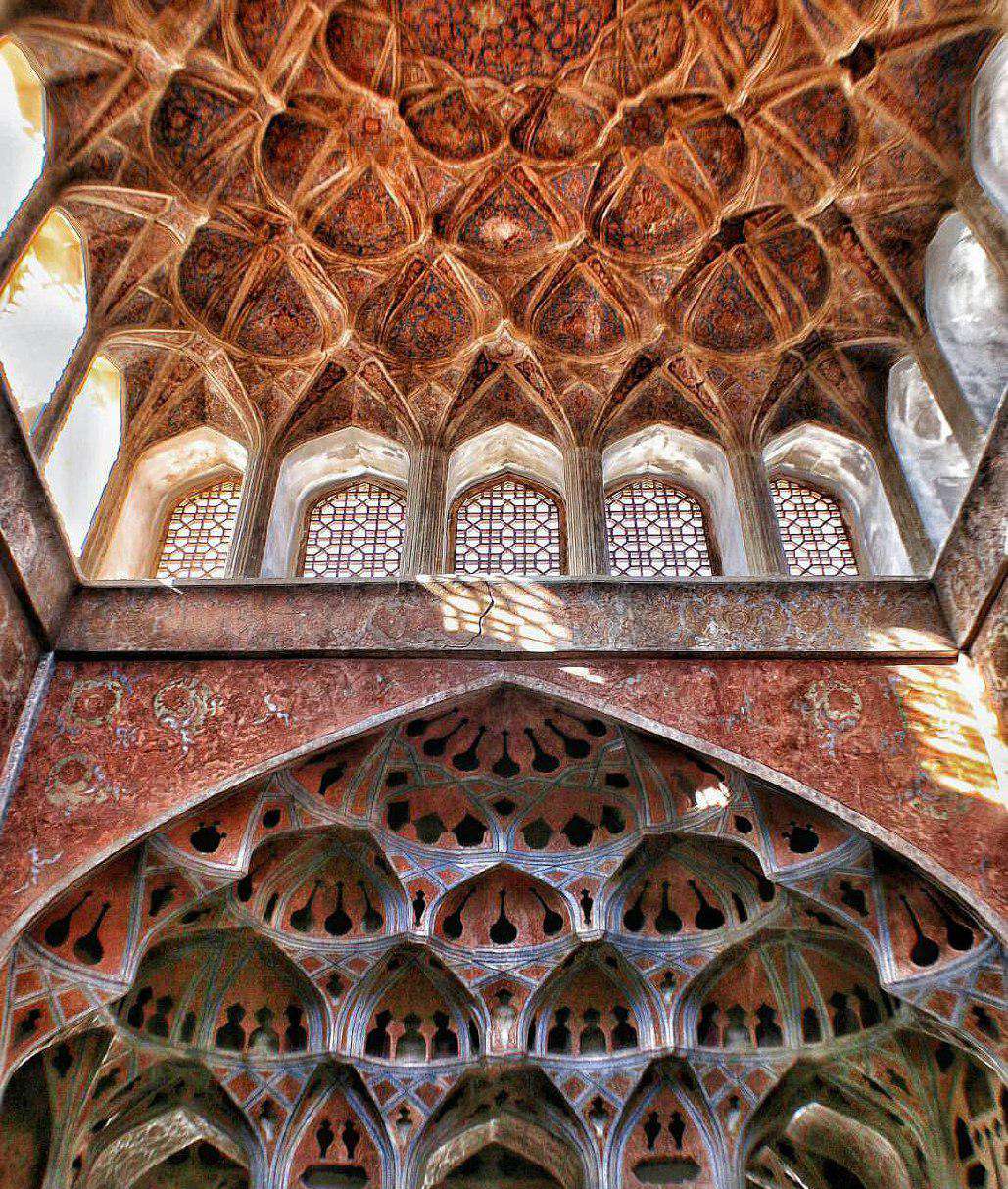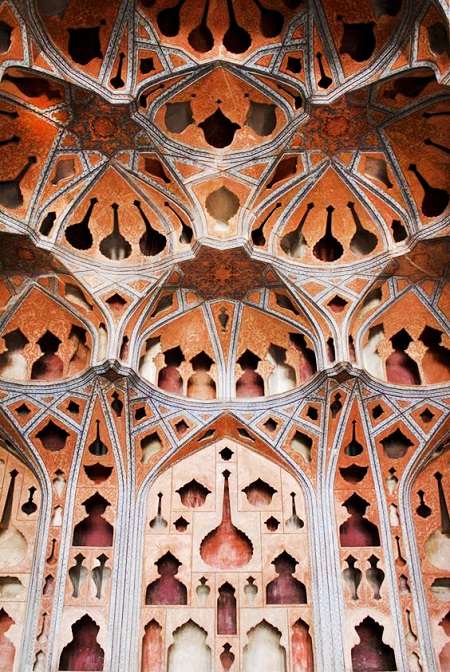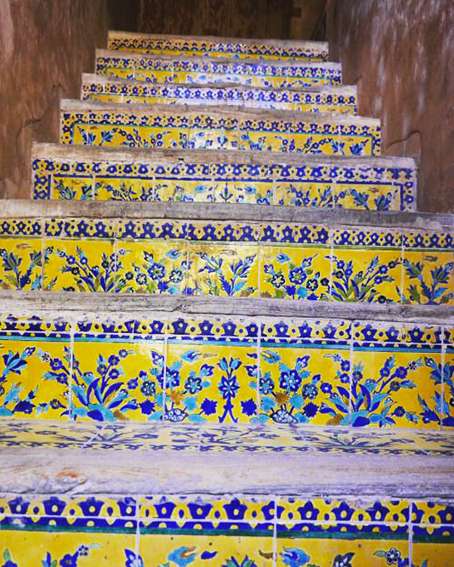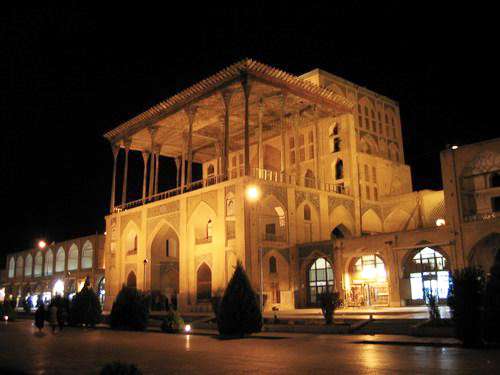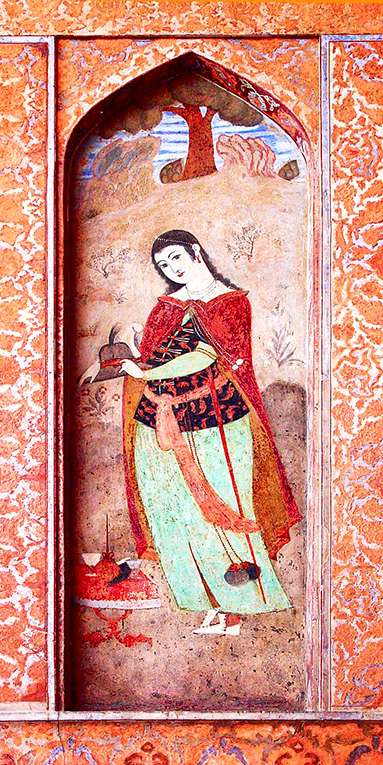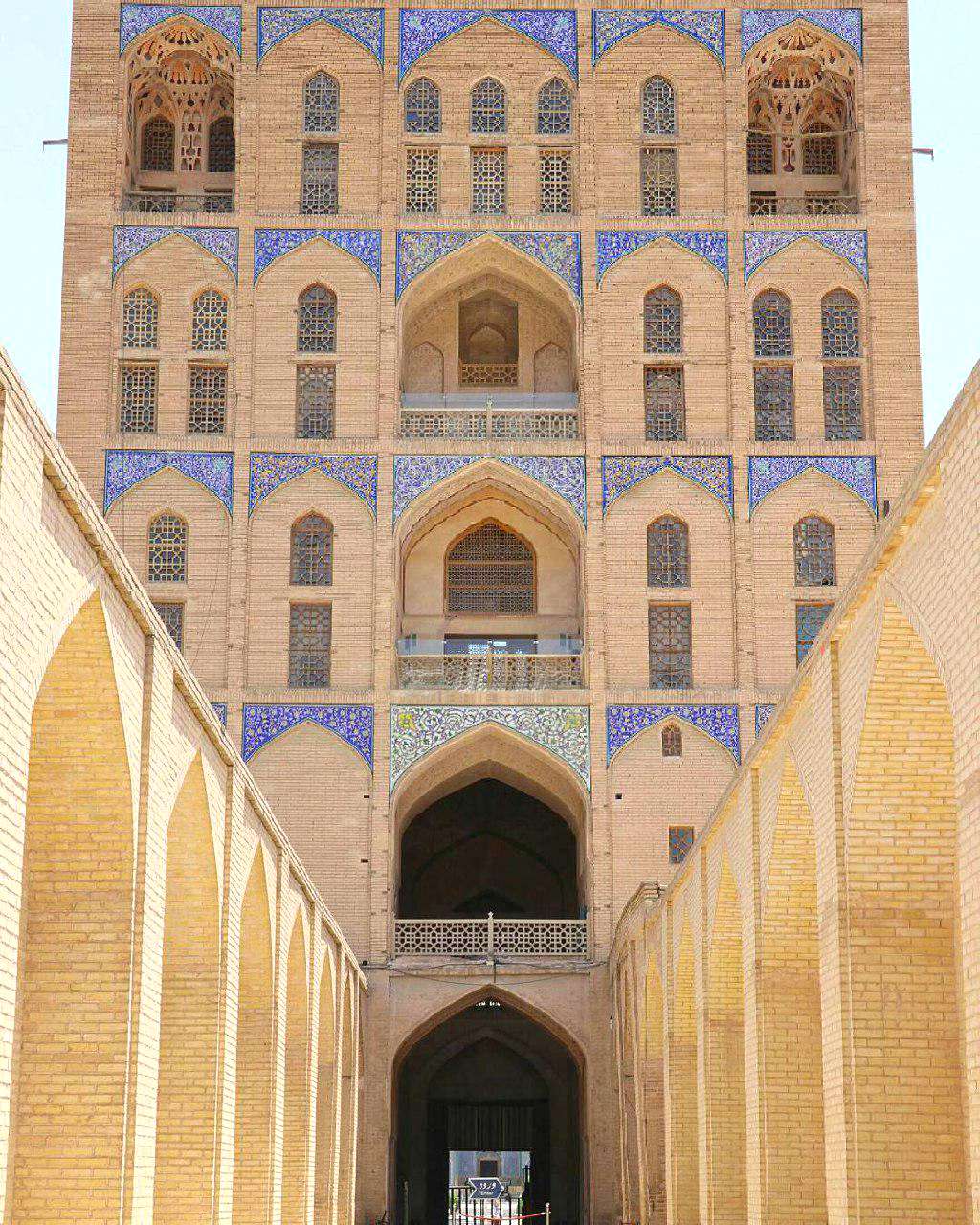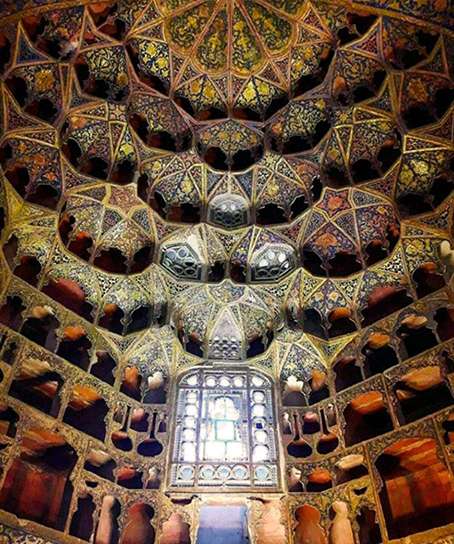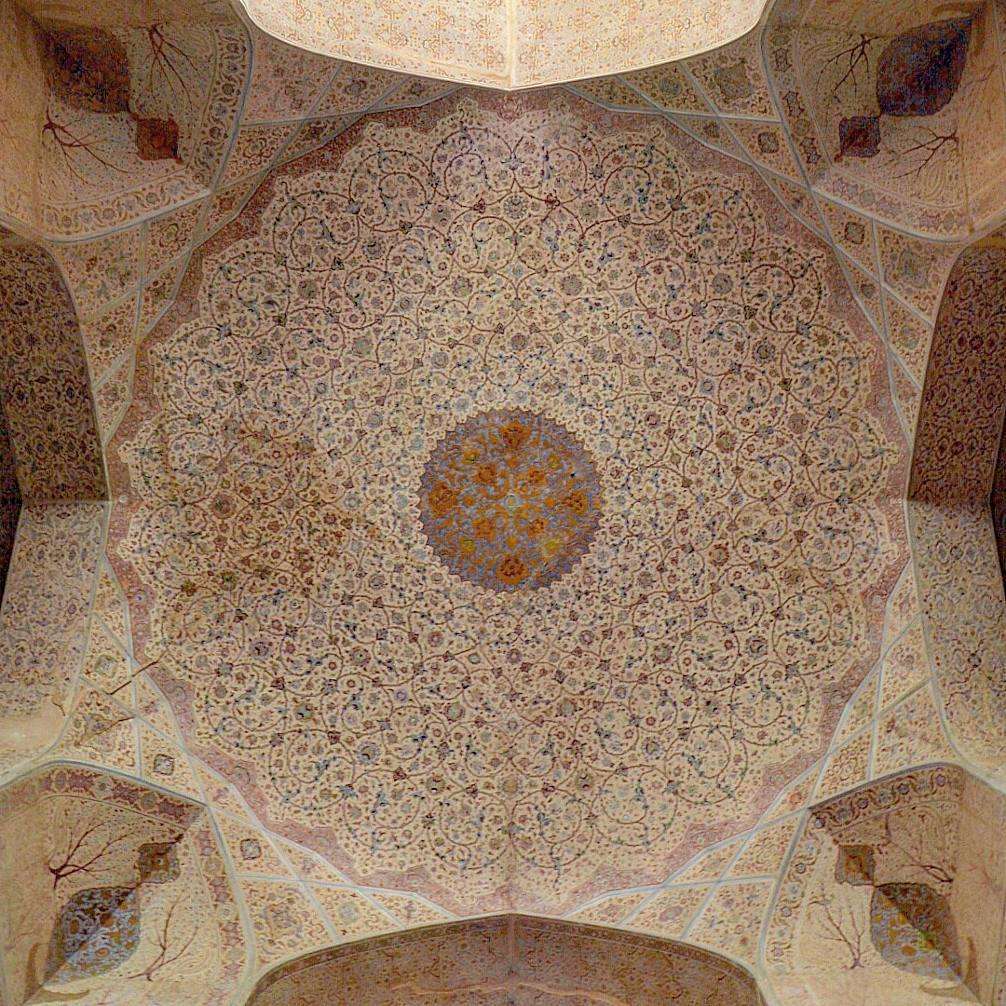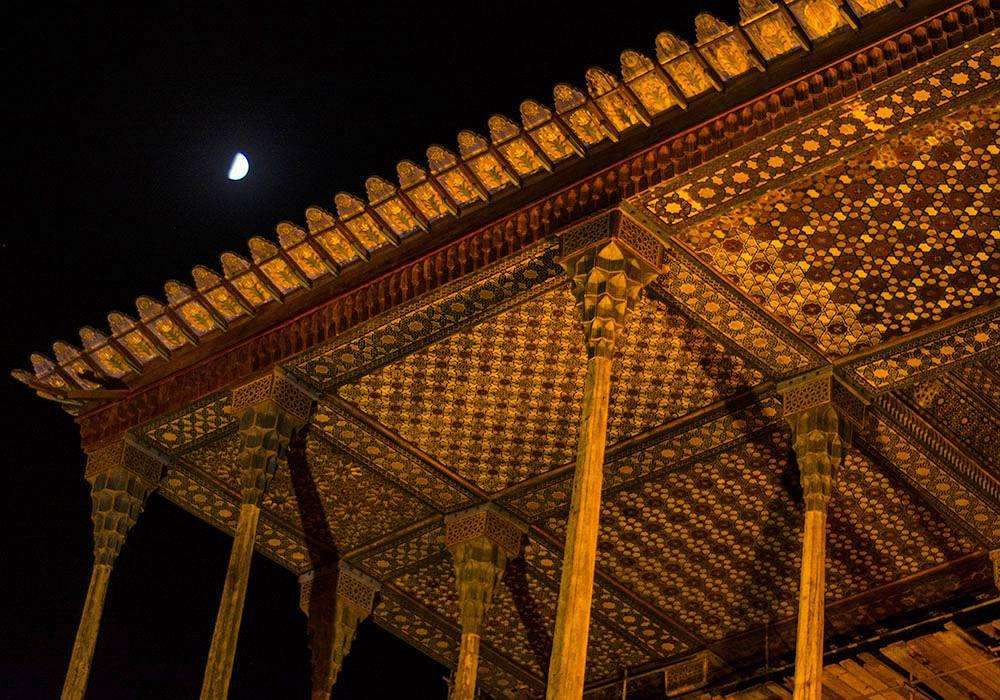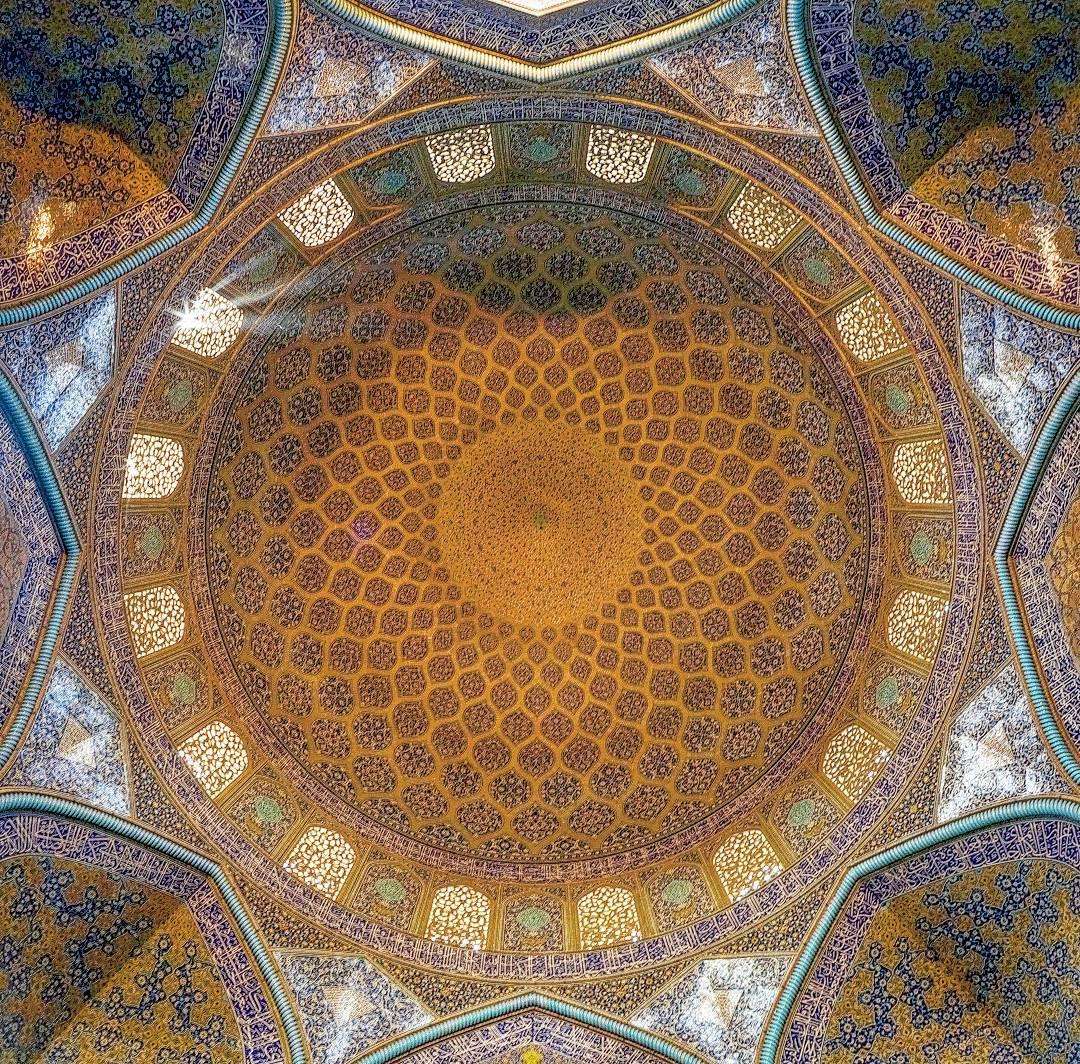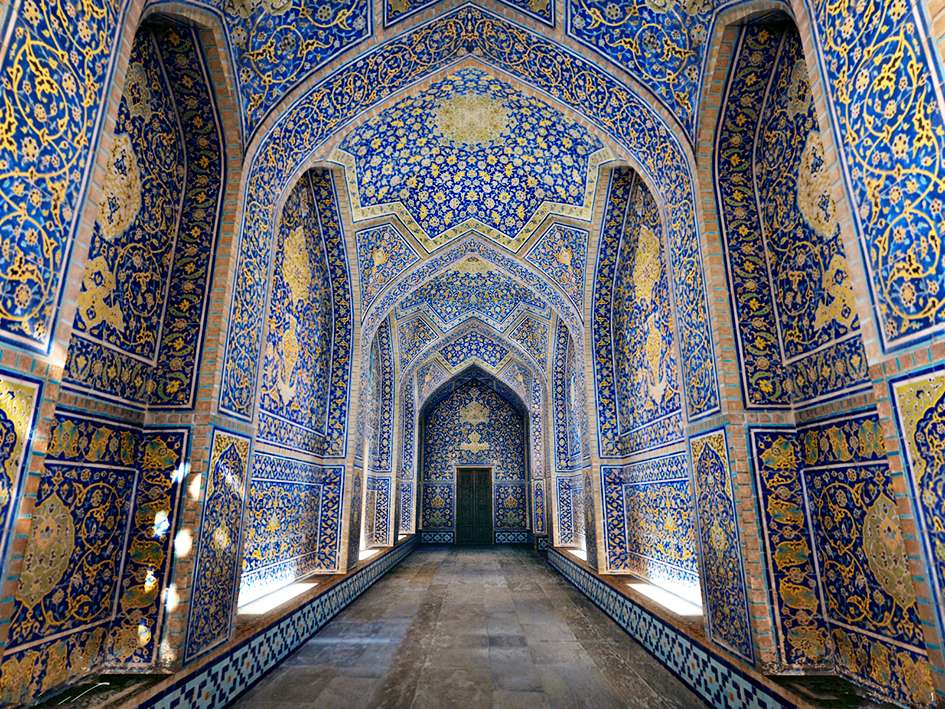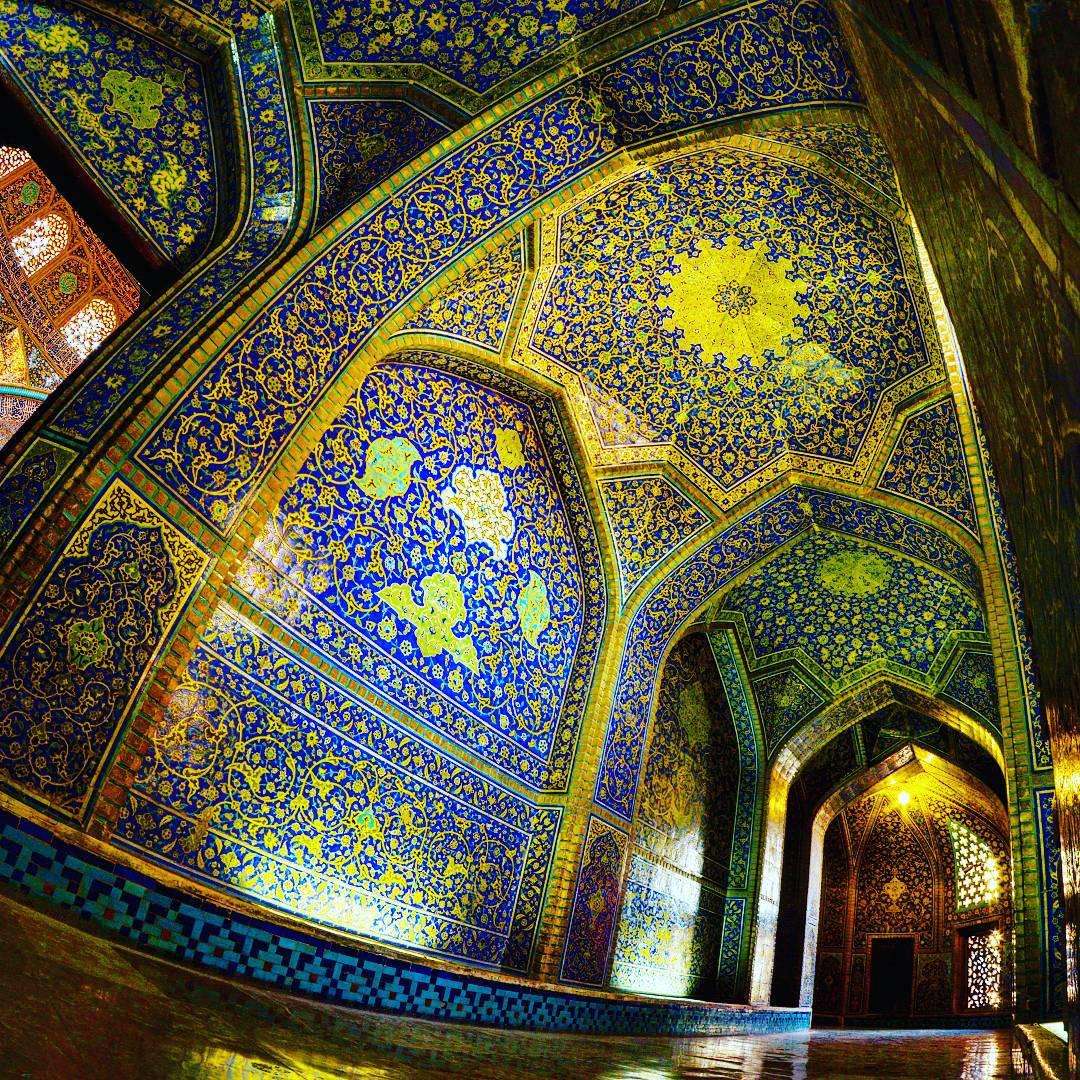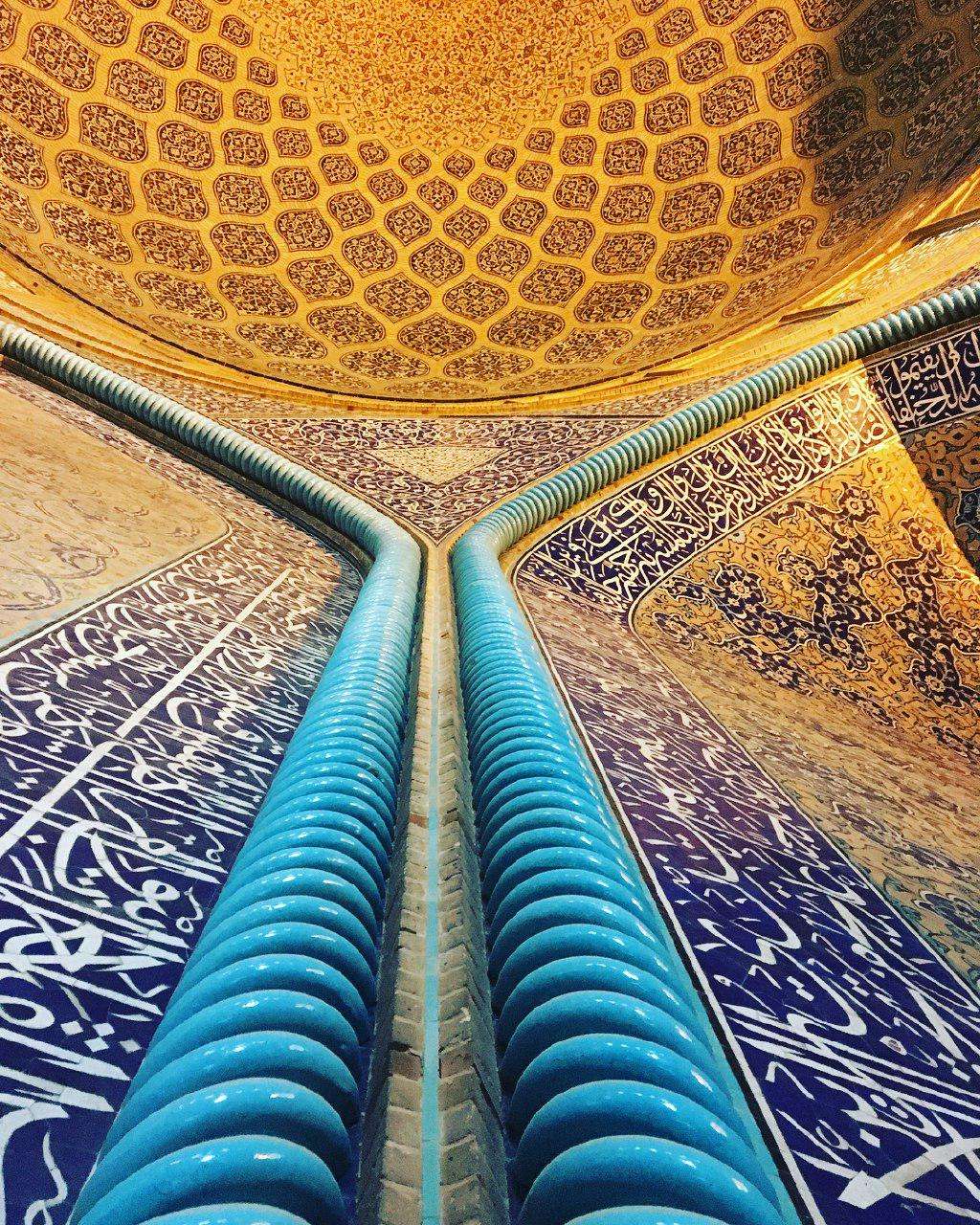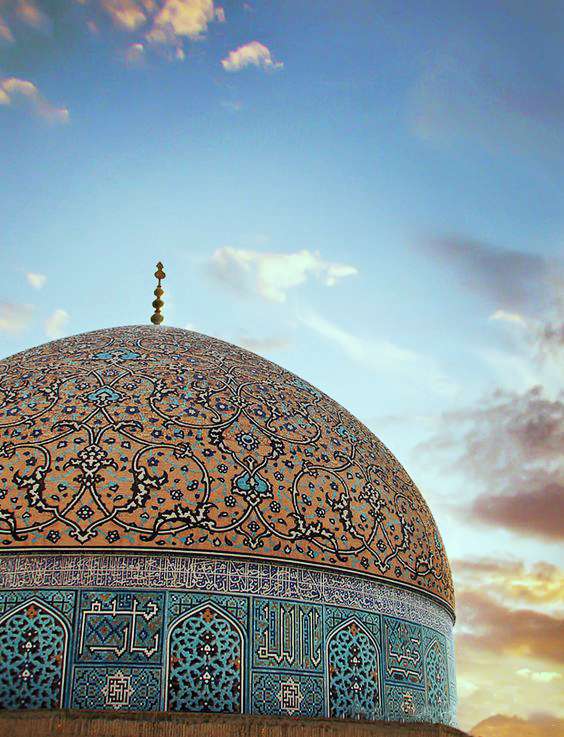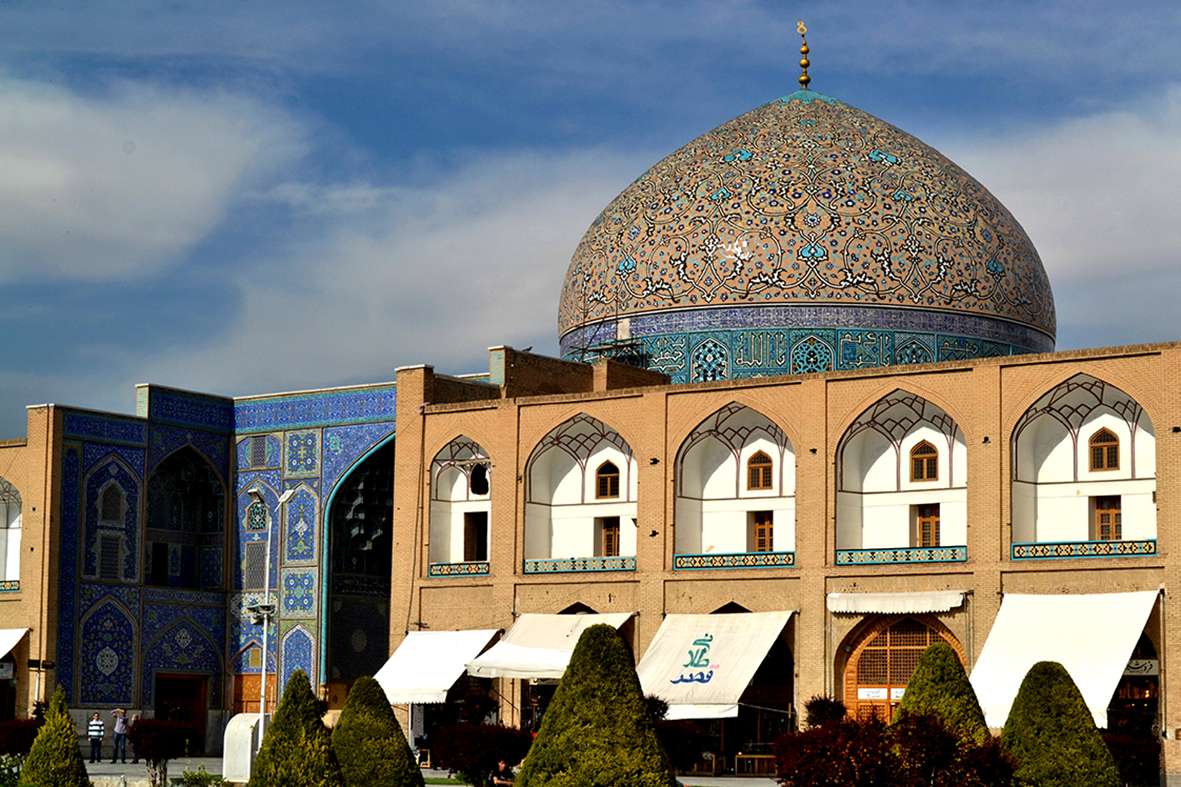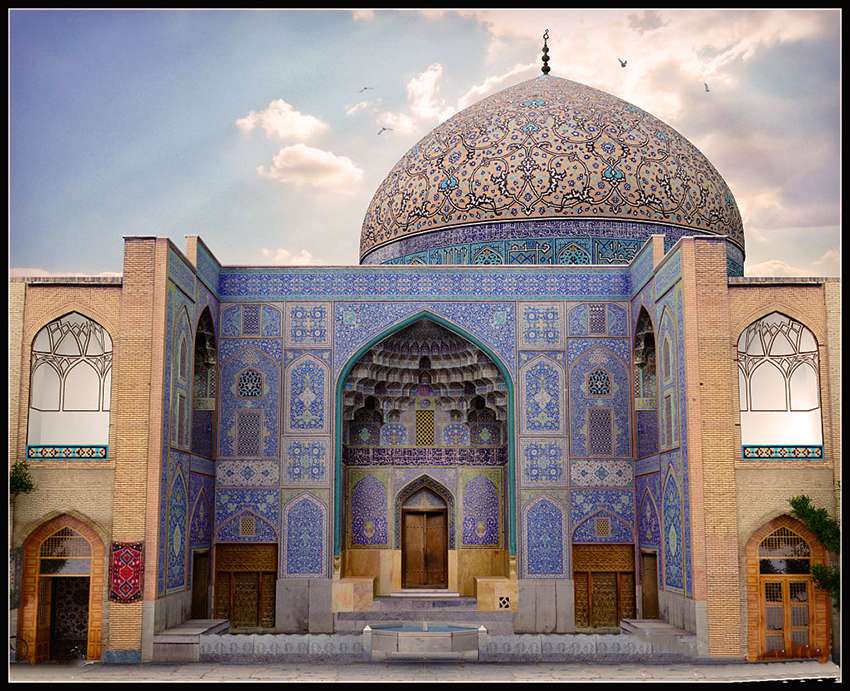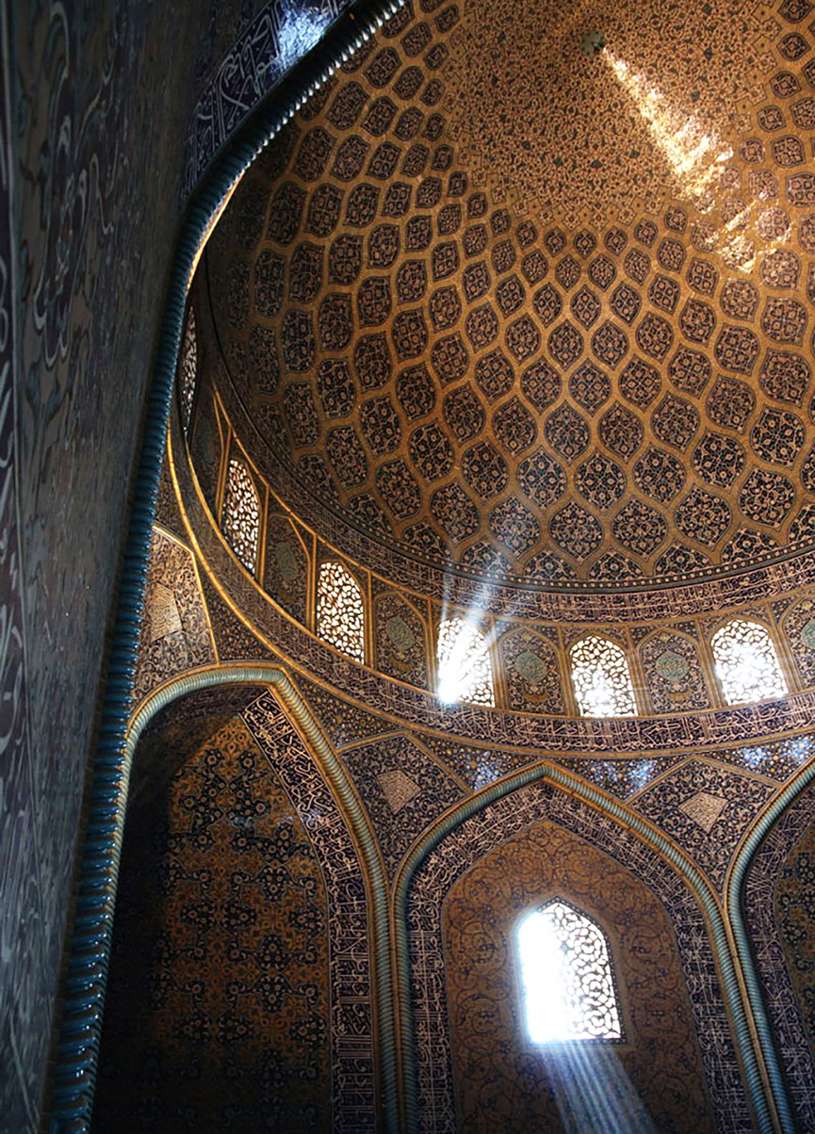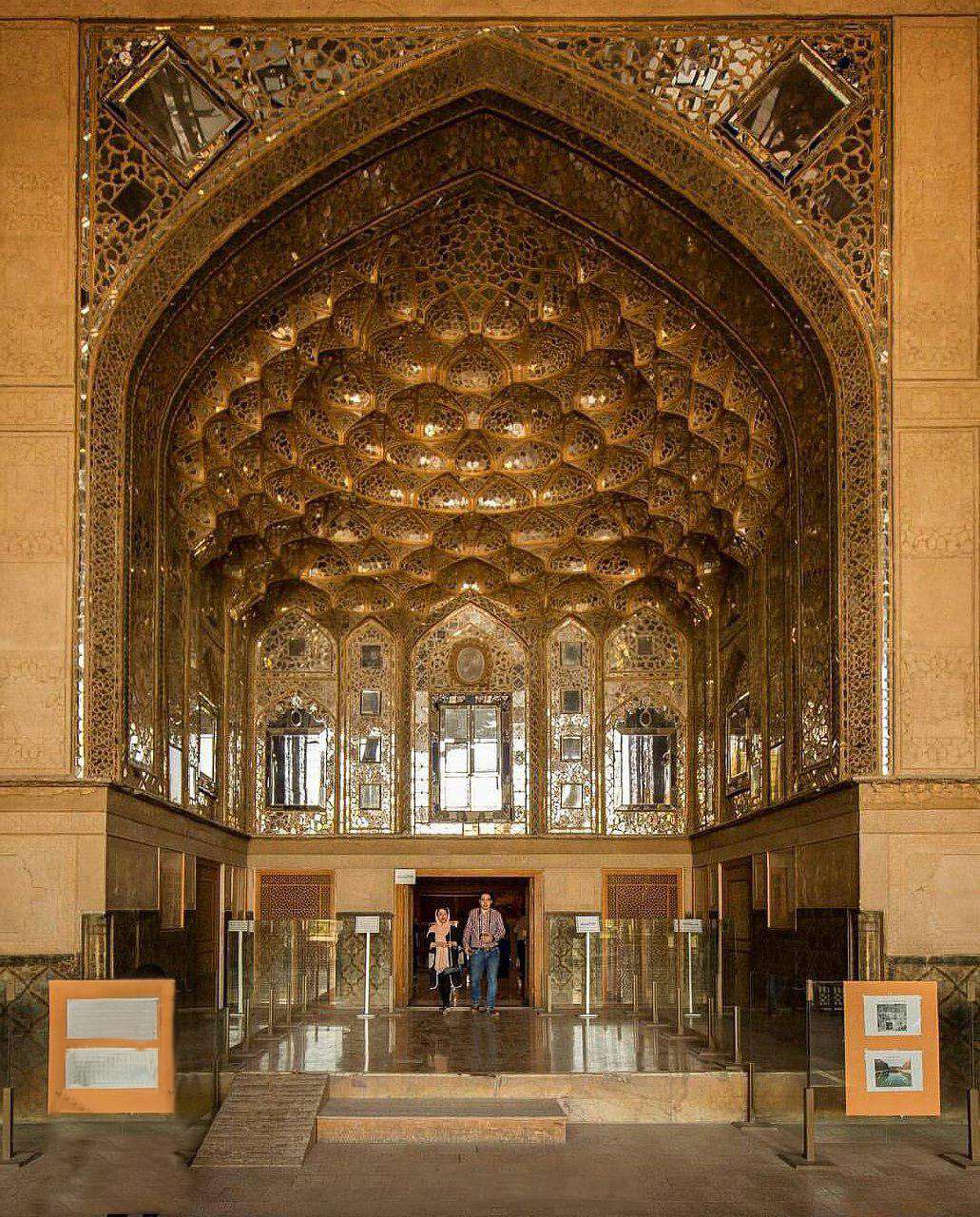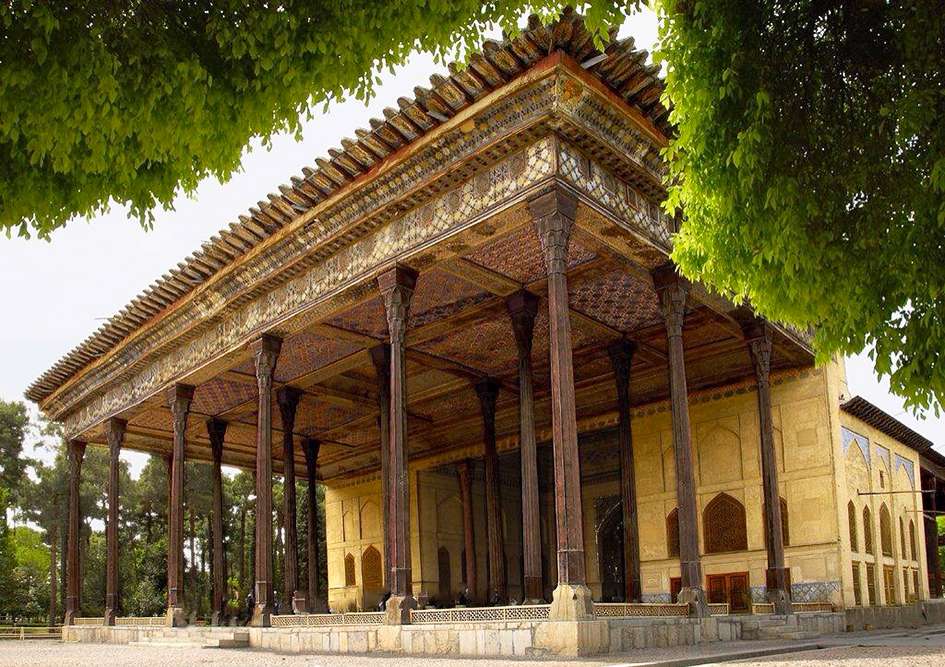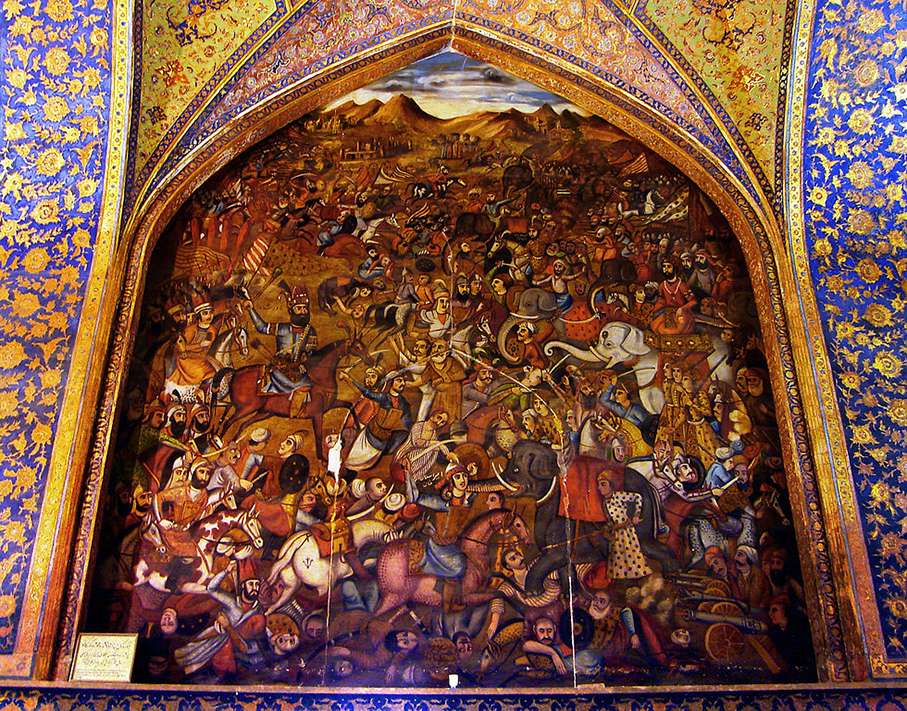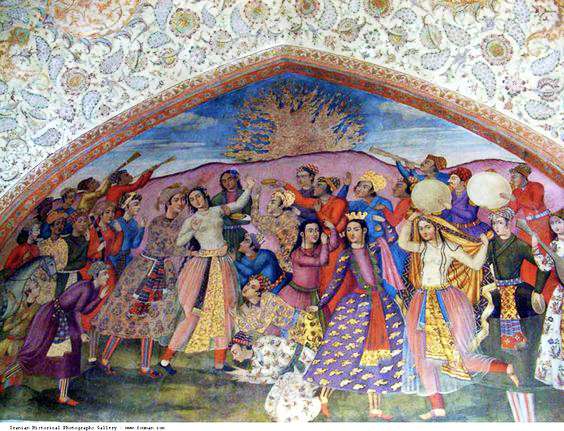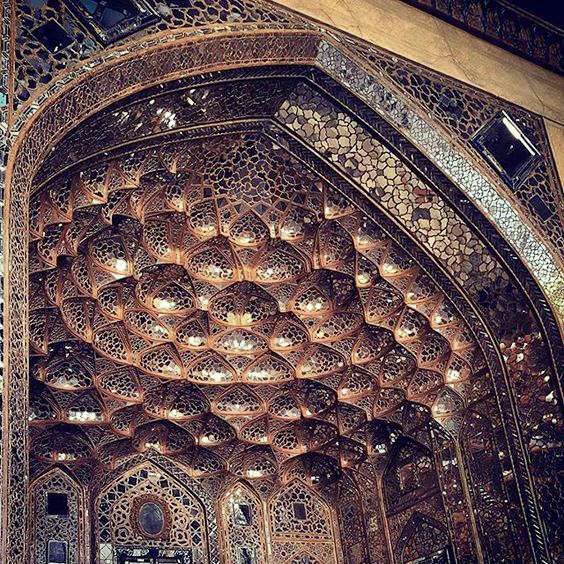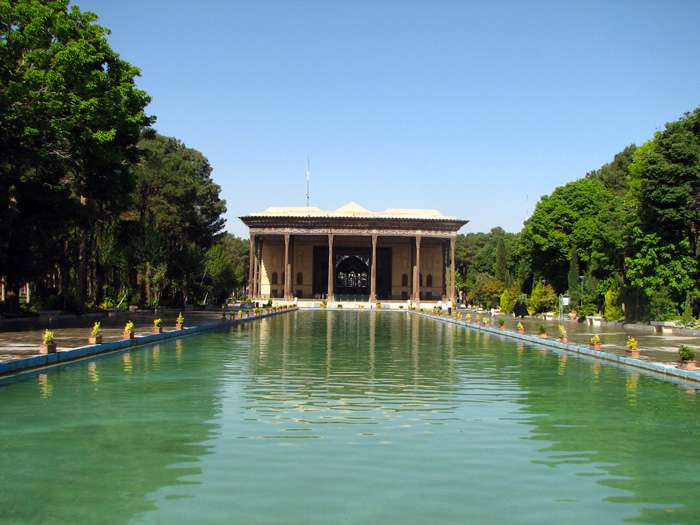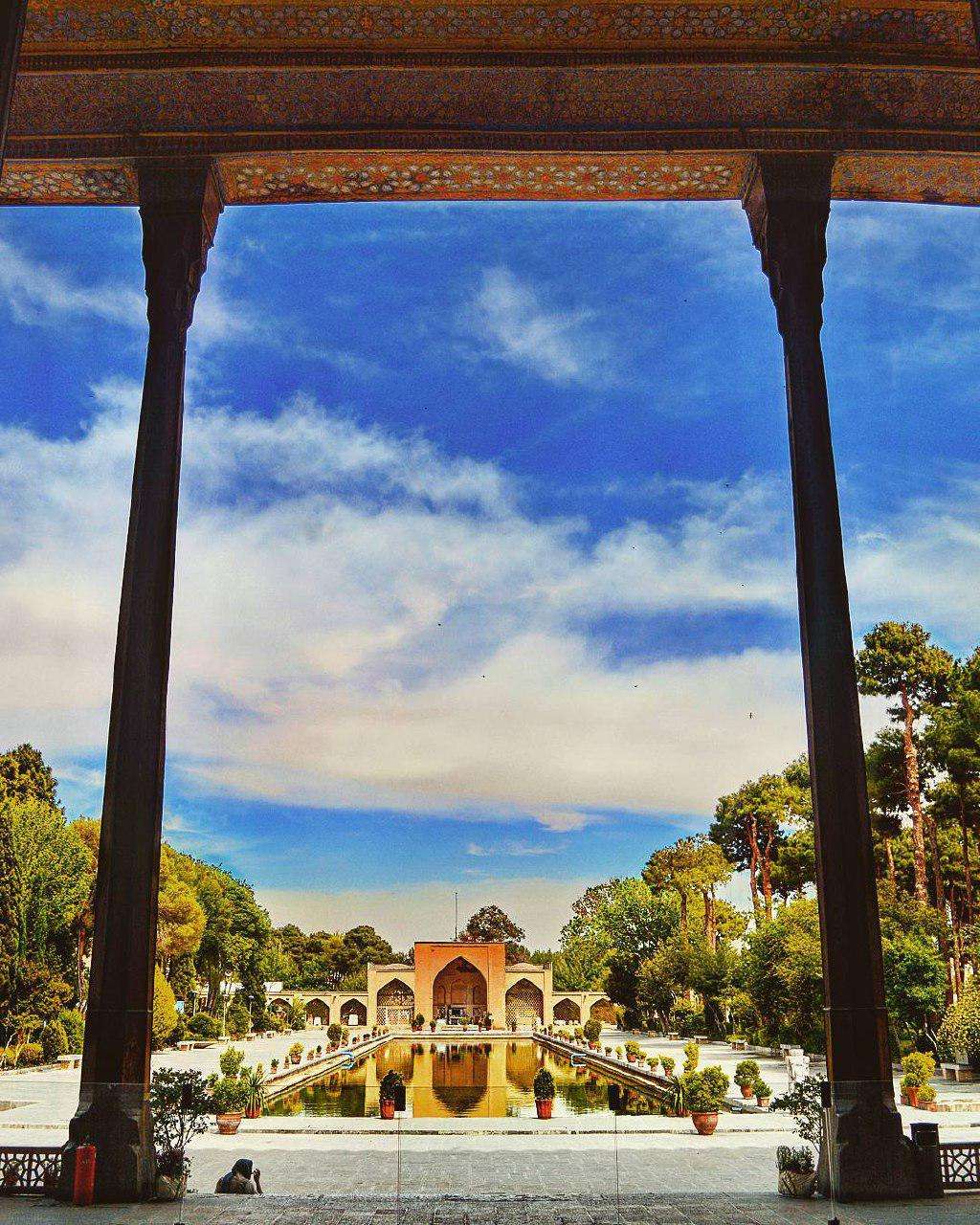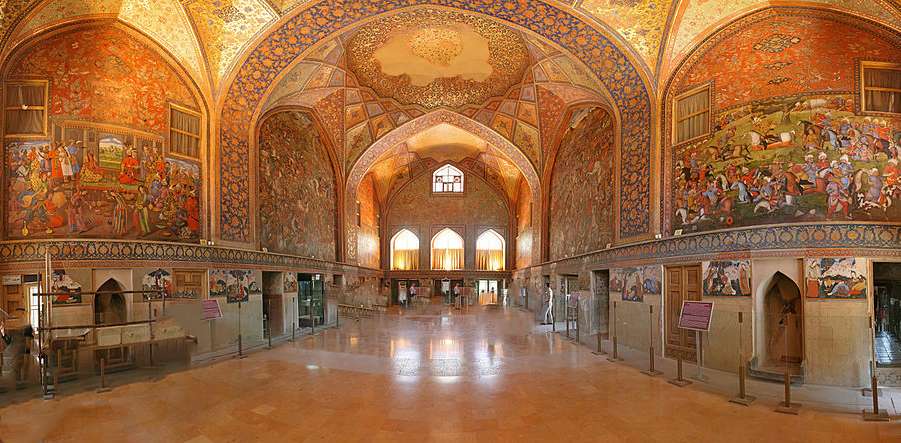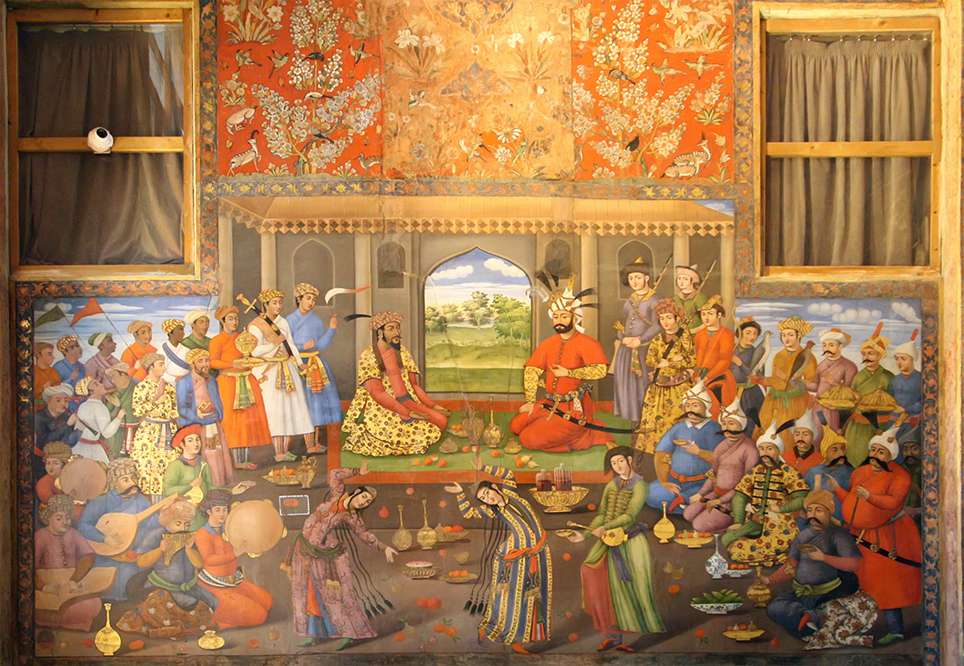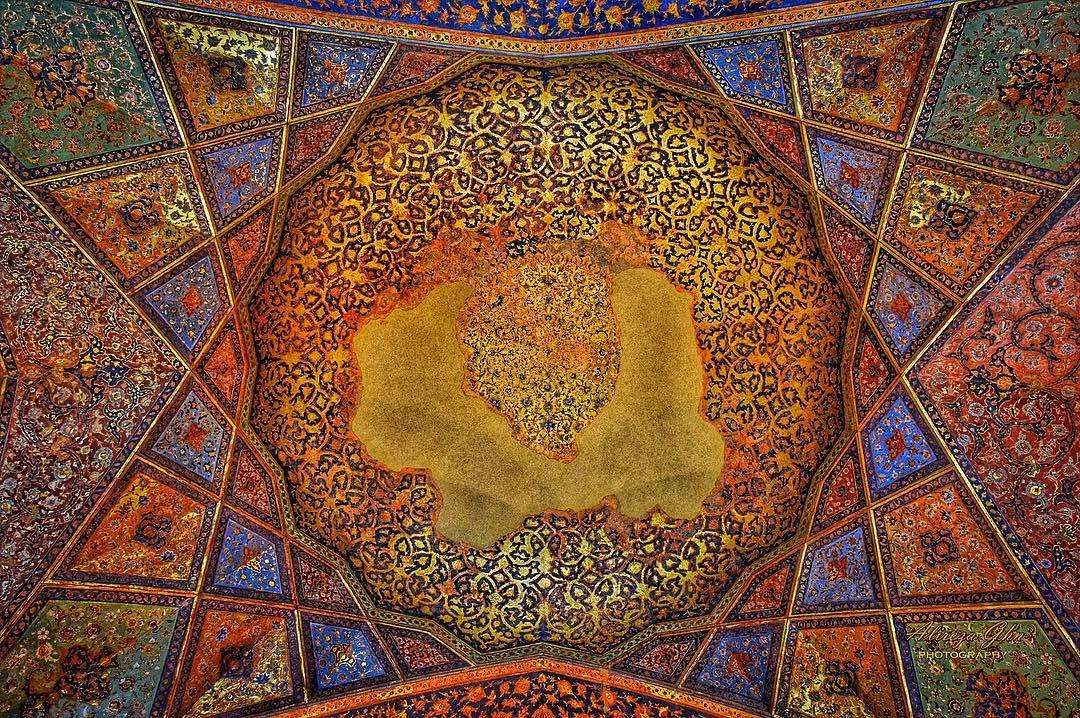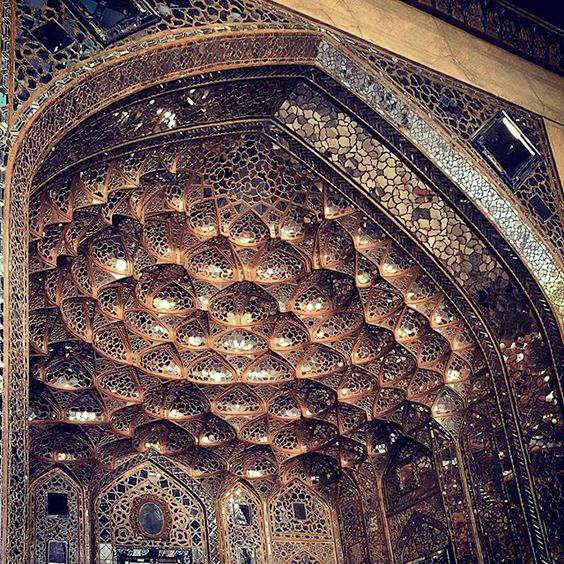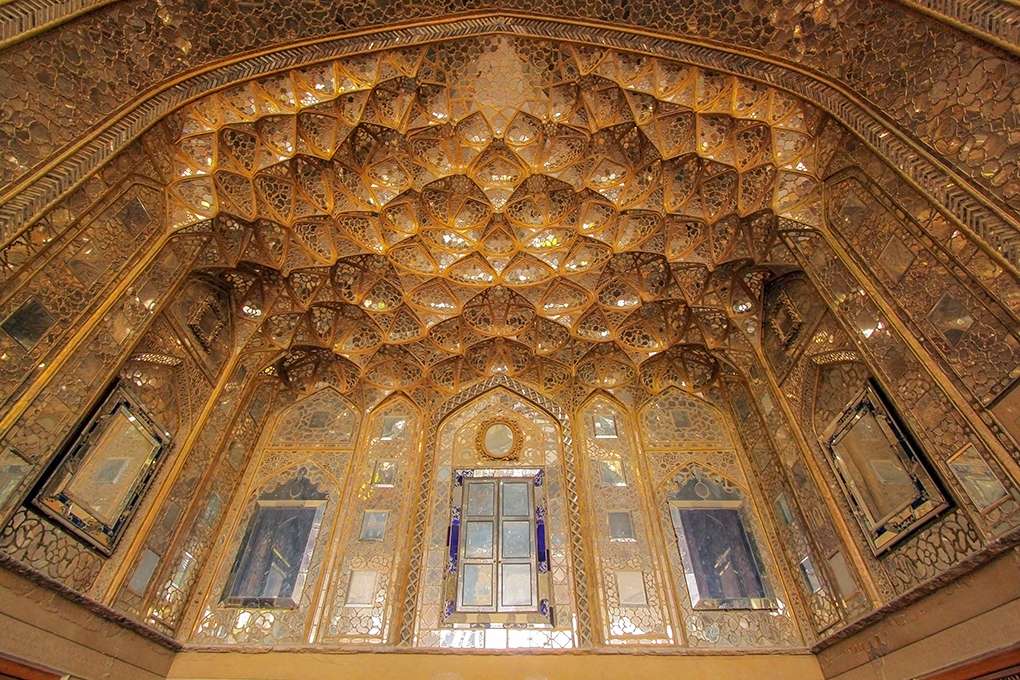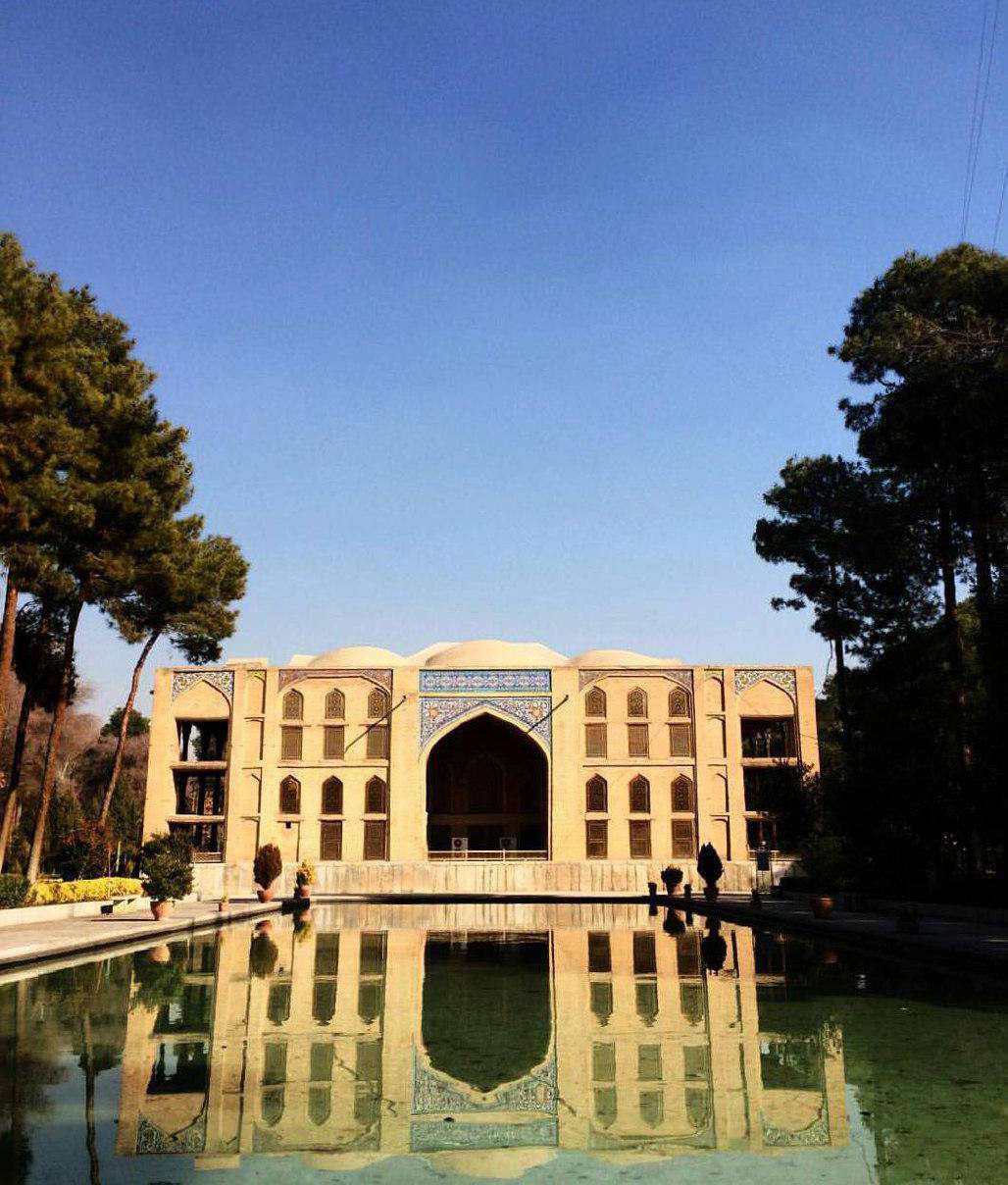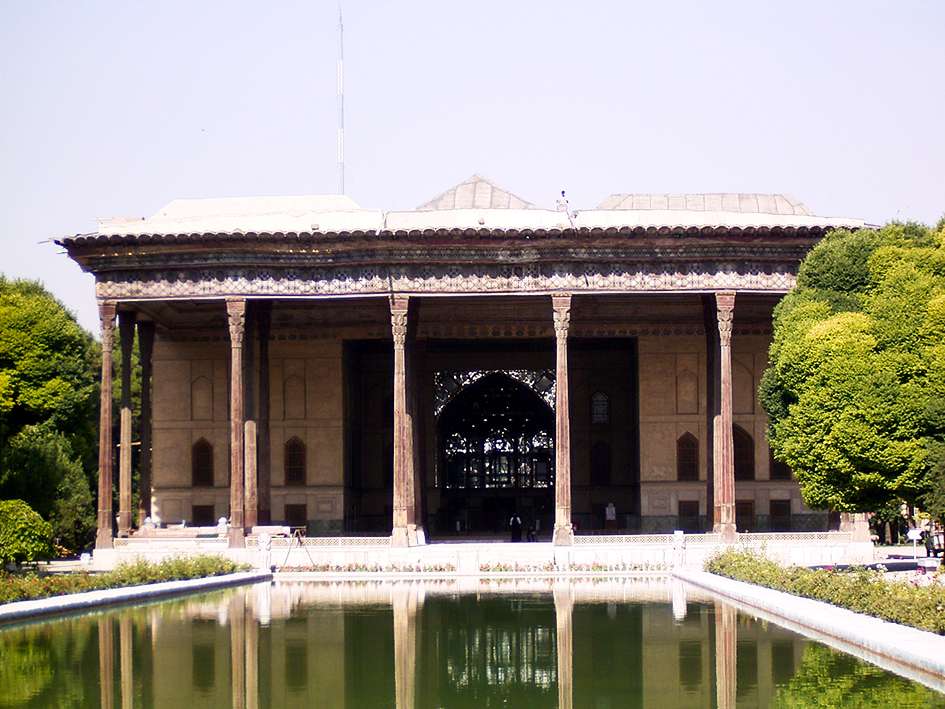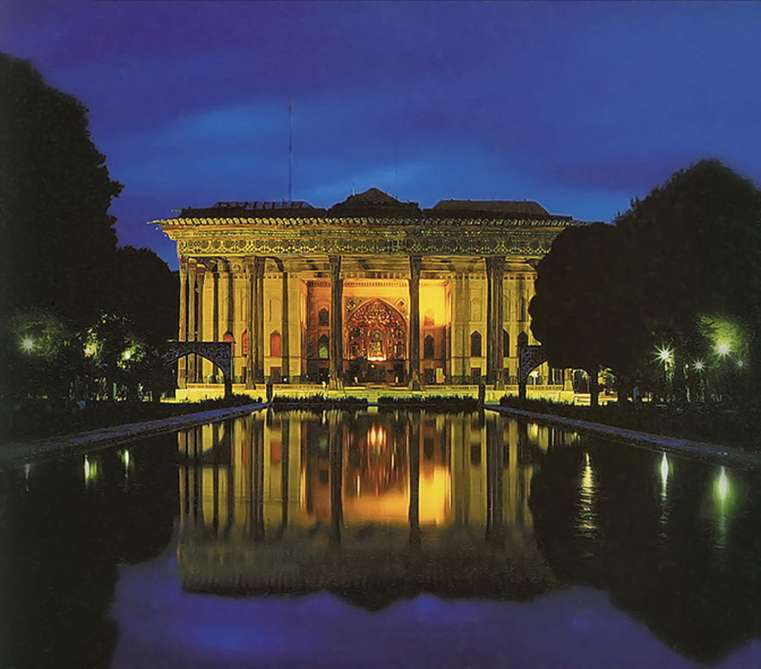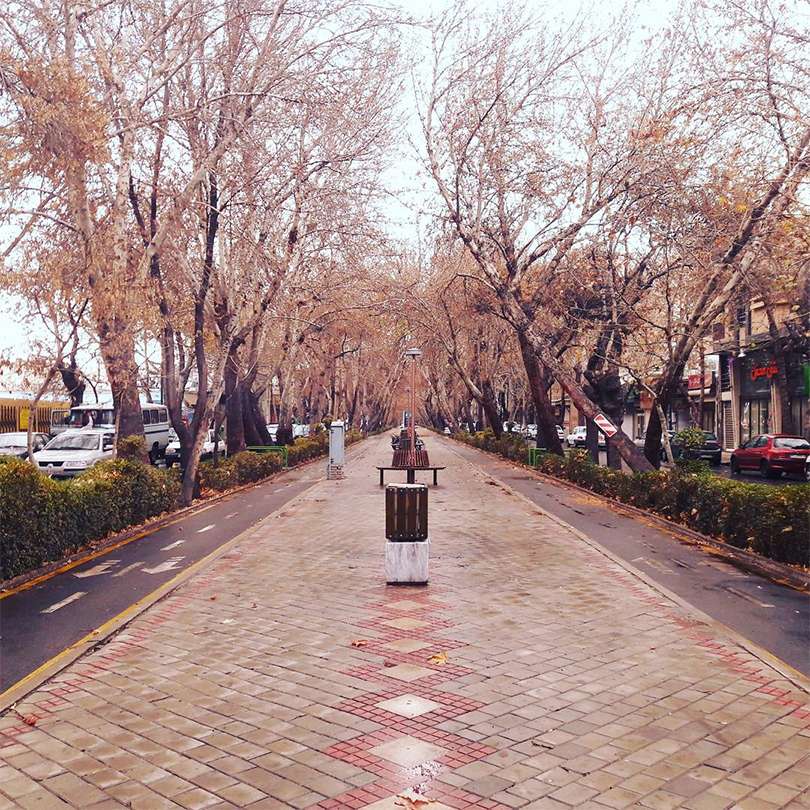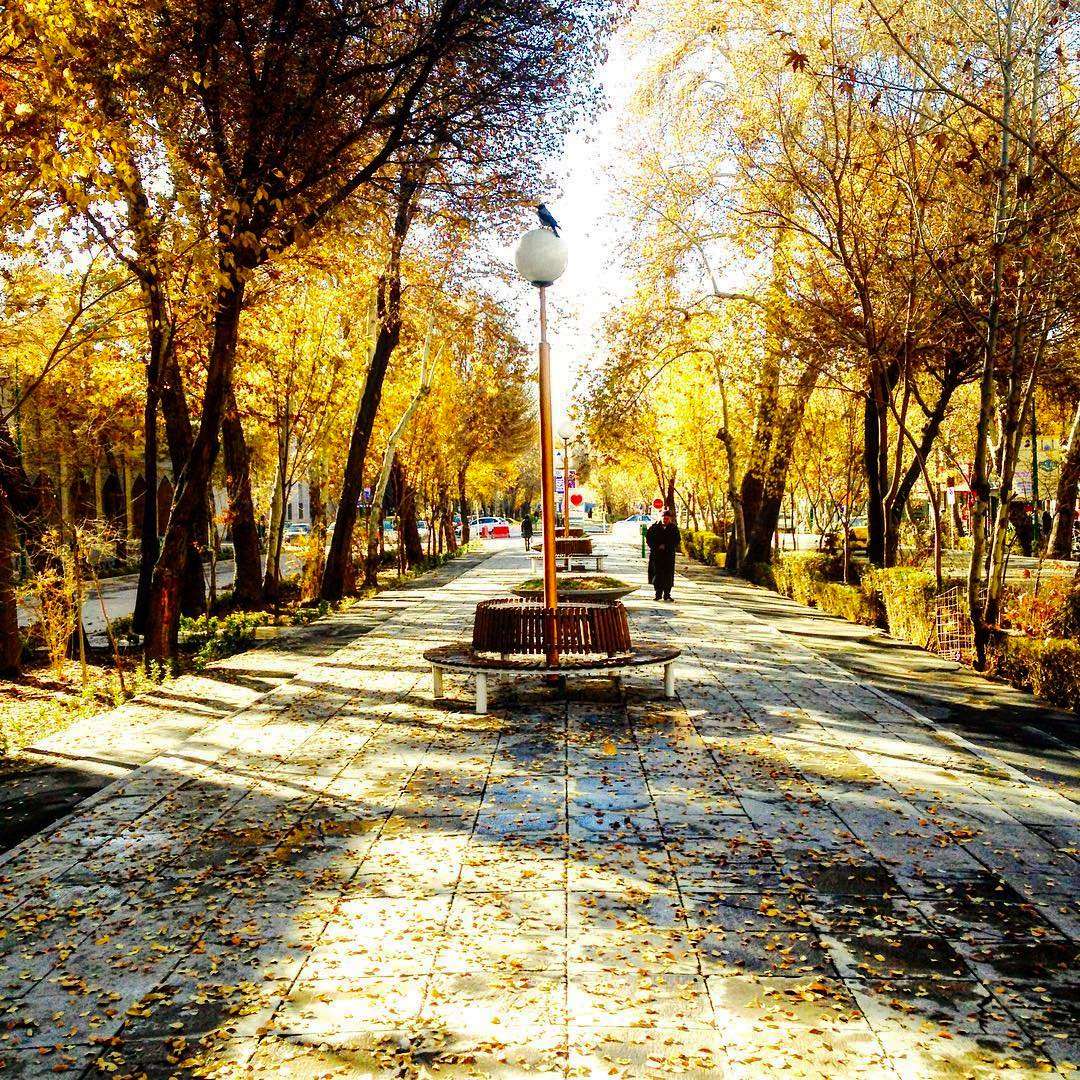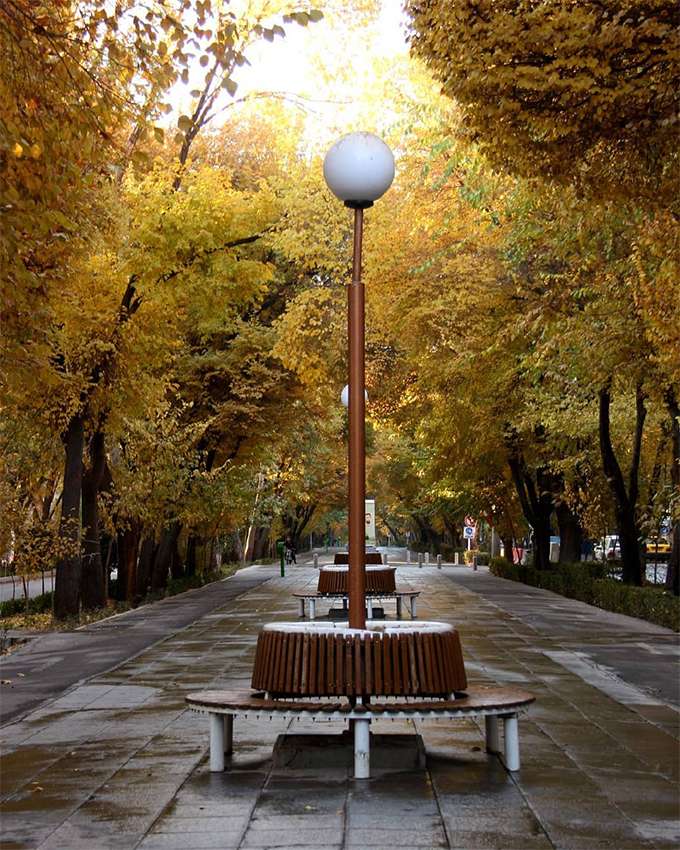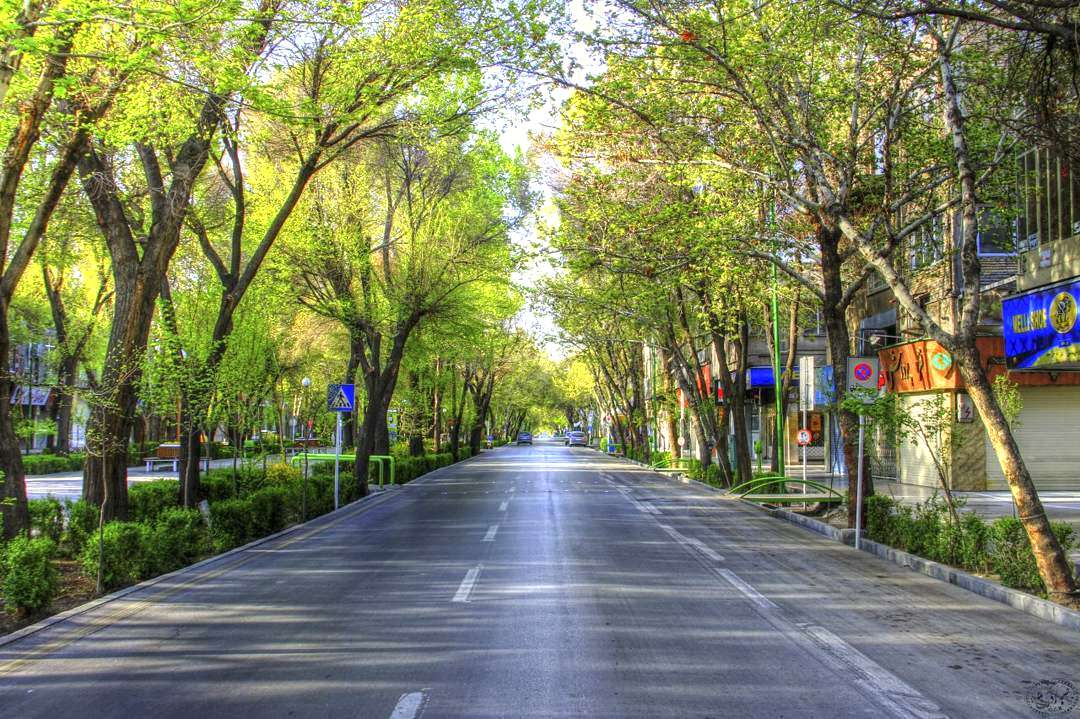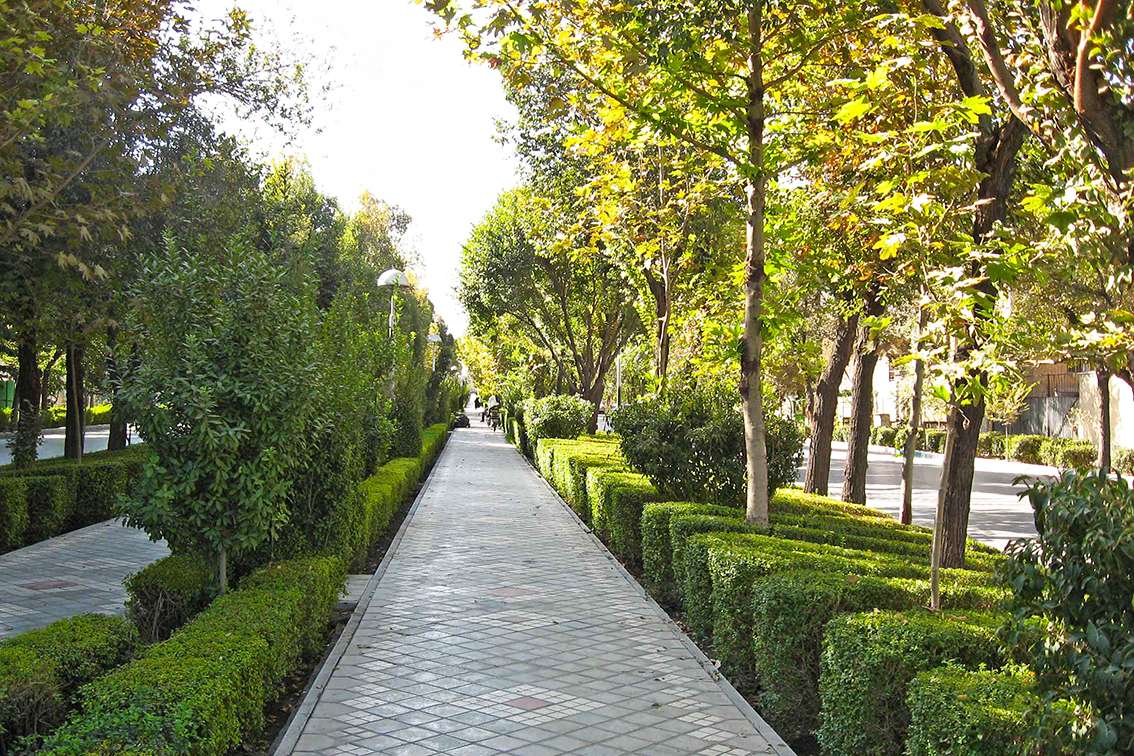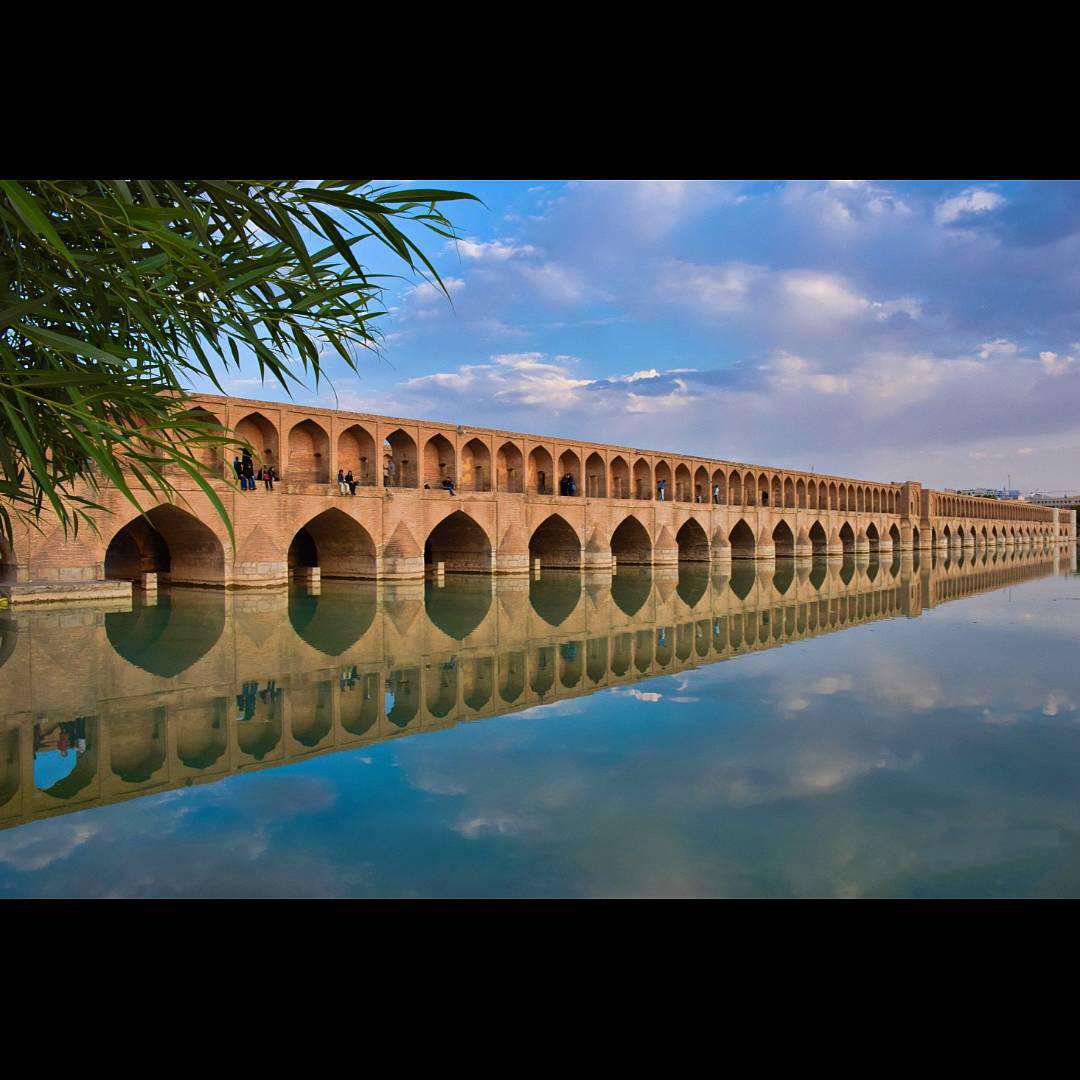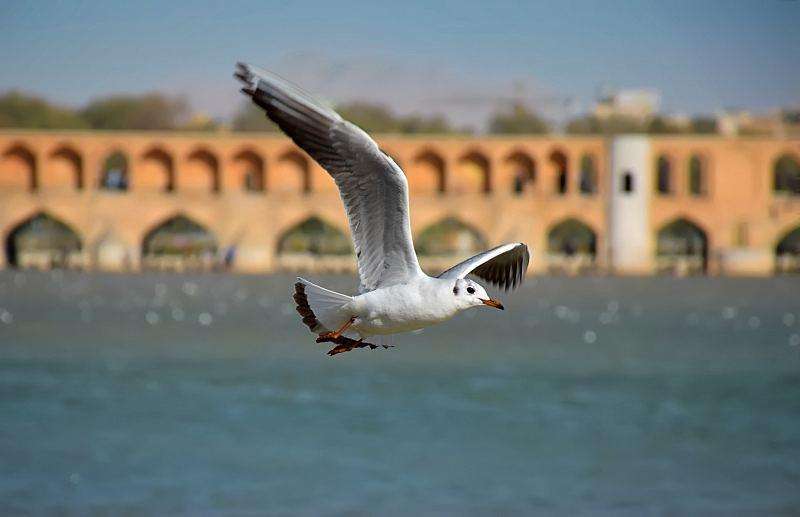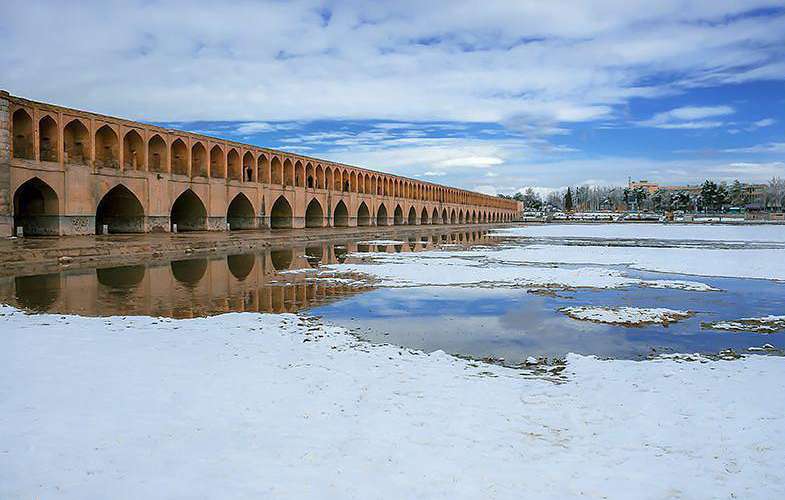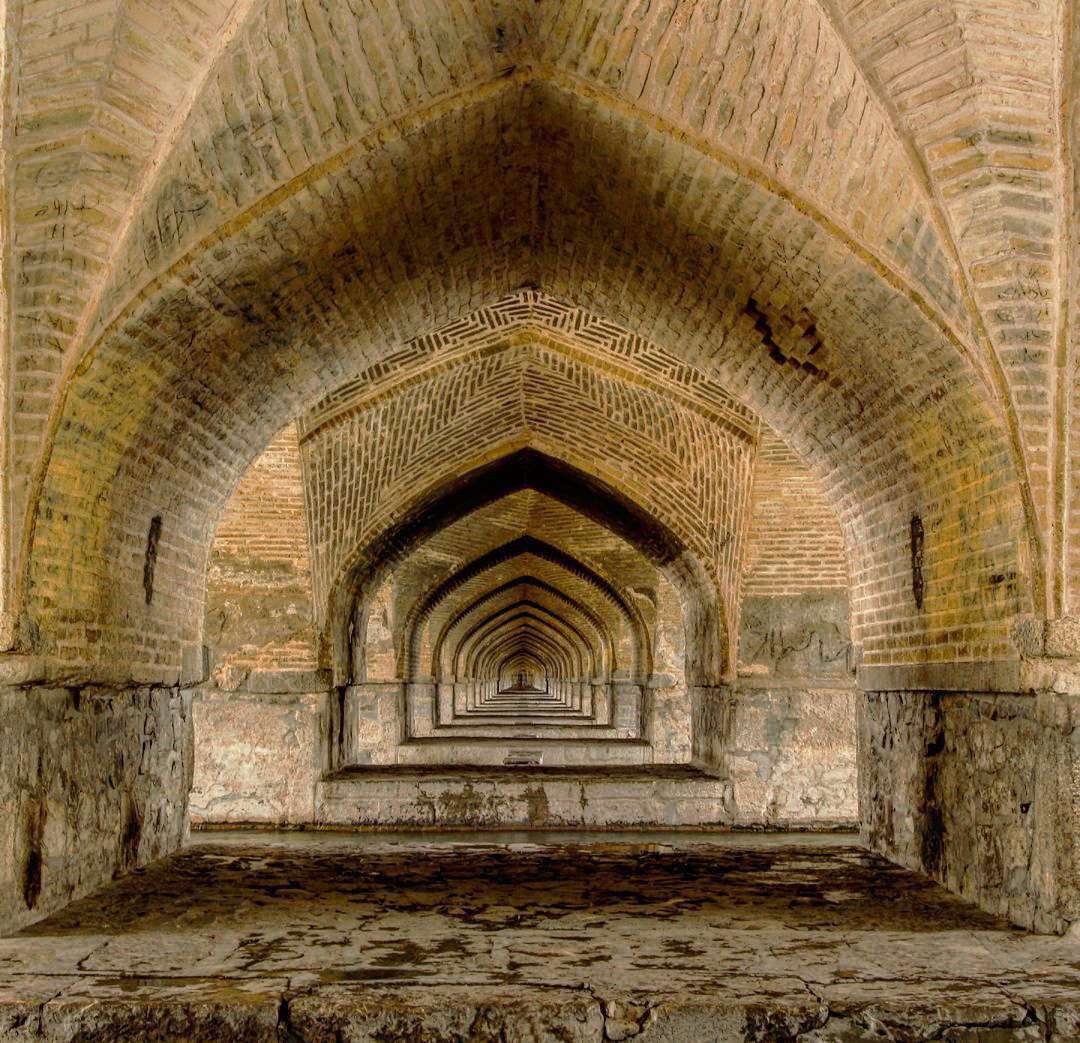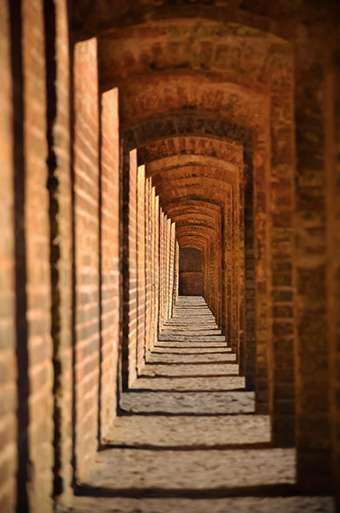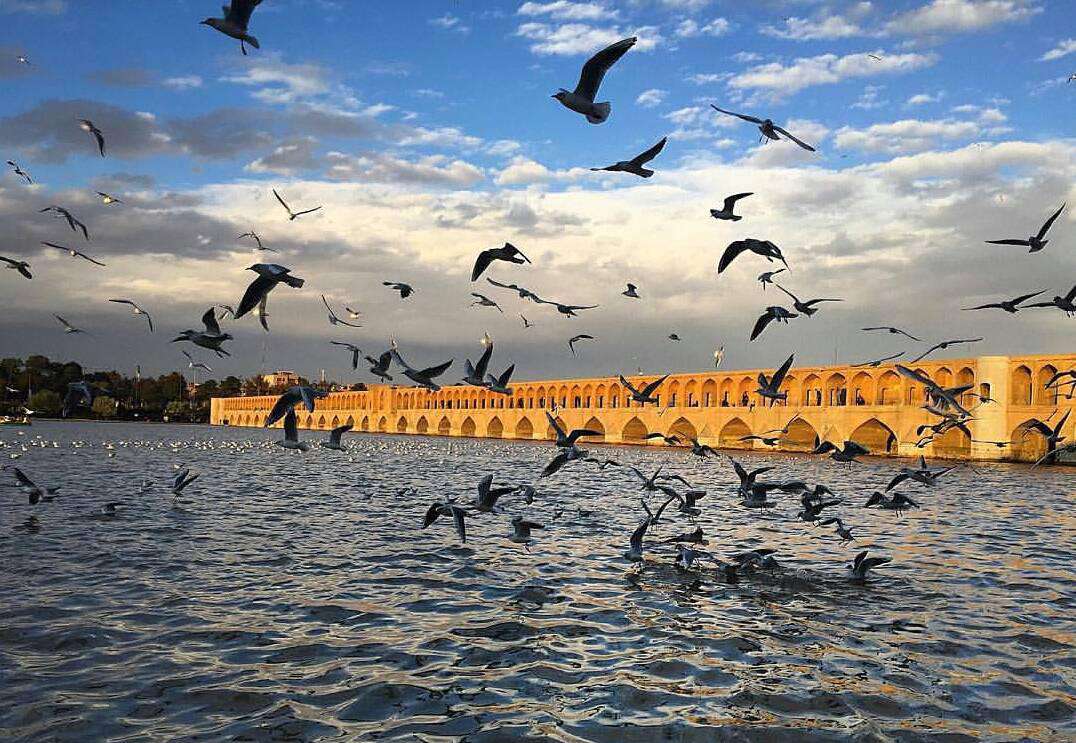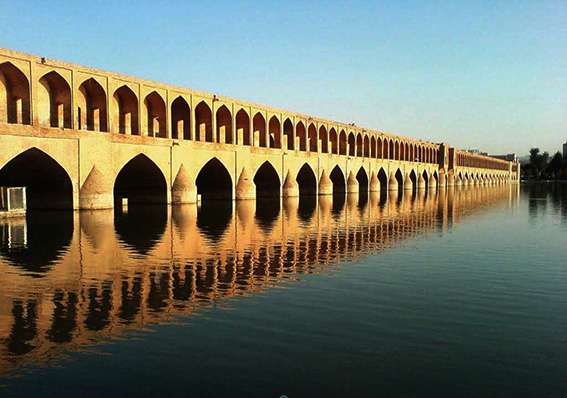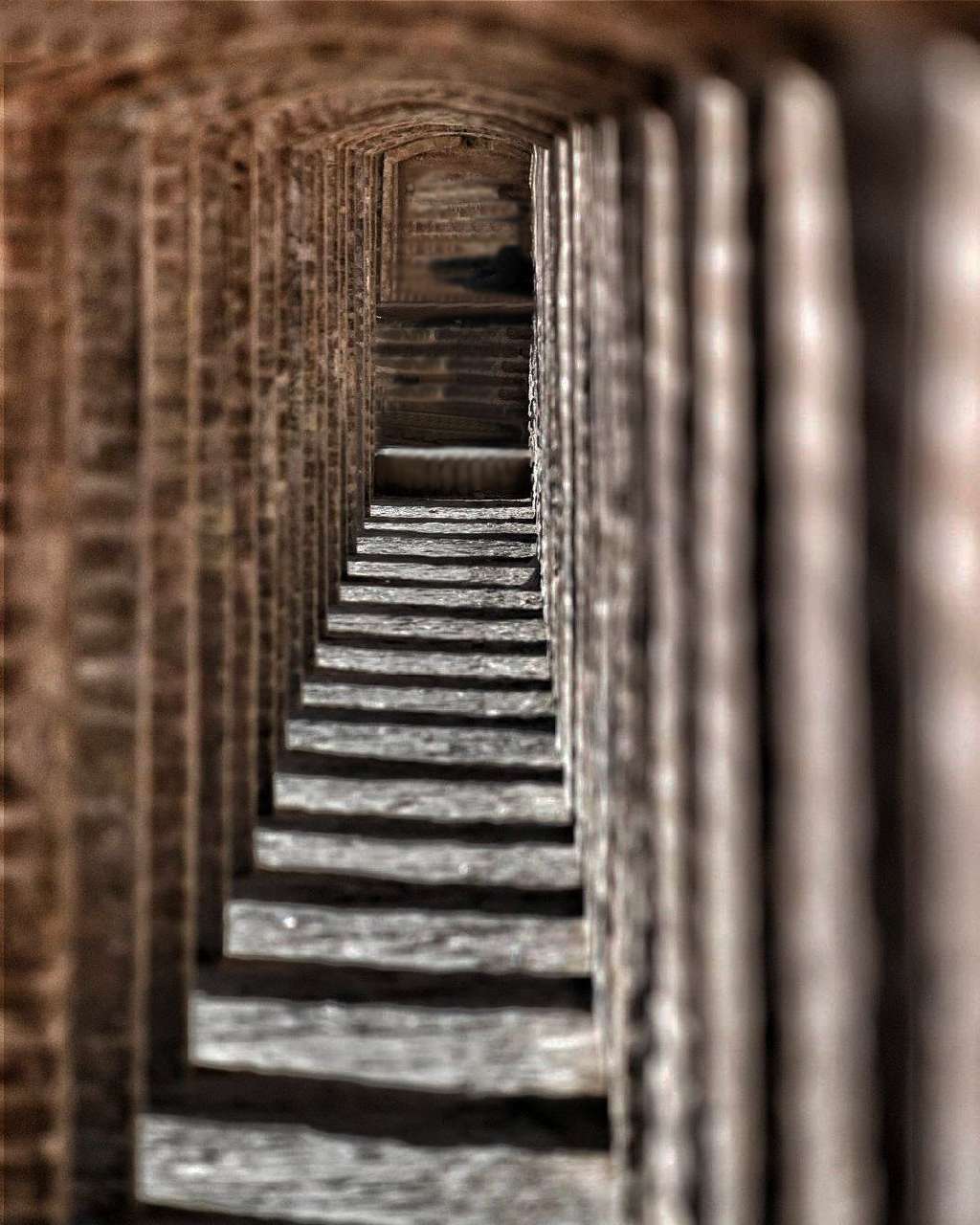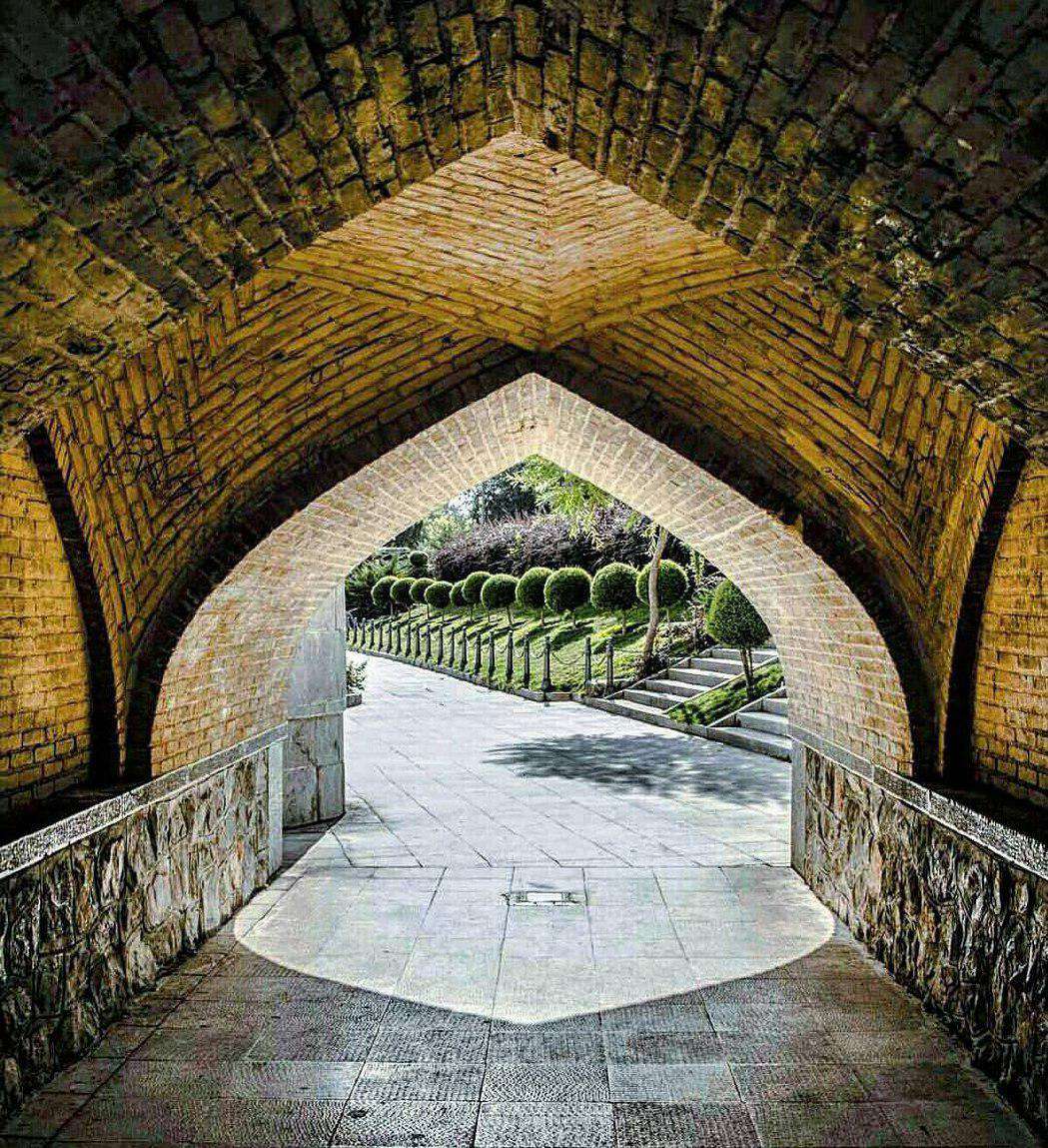Top 6 Places in Isfahan as an Open-air Museum of the Safavid Era
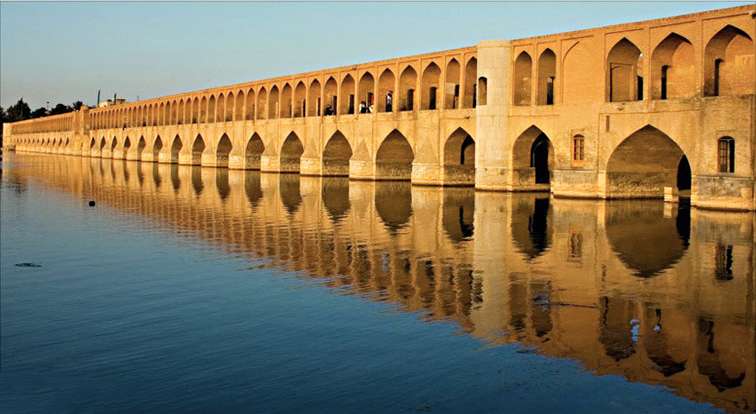
- ThemeArchitecture/ UNESCO Heritage
- CodeIRRS37
- Duration6 hr(s)
- Best TimeSPRING
Exploring the 17th-century square built by Shah Abbas the Great;
Exploring the 17th century grand palace in the western side of the square;
Visiting the splendid Safavid mosque on the eastern side of Naqsh-e Jahan square;
Visiting the Safavid palace of Chehel-Sotun dating back to 370 years ago;
Walking along the 400-year-old avenue of Isfahan;
Watching the longest historical bridge of Zayandeh-Rud dating back to 420 years ago.
Photos of the Top 6 Places in Isfahan as an Open-air Museum of the Safavid Era
Explore The Route
Top 6 Places in Isfahan as an Open-air Museum of the Safavid Era
The prosperity of Isfahan in the 17th century is reflected in the prominent monuments and icons standing at each and every corner of the city. The jewel on the crown of the developments in the Safavid era is the royal square of Naqsh-e Jahan surrounded by four glorious landmarks. Moreover, The royal palace of Chehelsotun, the vibrant boulevard of Chahar-Bagh shaded by old lofty trees, and the Si-O-Se-Pol Bridge (33 bridge) with its unmatched arches on Zayanderoud river provide glimpses to the Safavid grandeur.
Highlights
Duration : 1 hr(s)
Point Type: STARTING
Naqsh-e-Jahan Square
Brewing ideas to move the capital of
Safavid dynasty from Qazvin to Isfahan, being geographically, climatically,
politically, and strategically more suited to the aims of the kingdom, Shah Abbas
the Great ordered the construction of new monuments and sites in Isfahan, from
1592 to 1598. One of the earliest constructions, symbolically representing the
Duration : 1 hr(s)
Point Type: STOP OVER
The main administrative center of the Safavids, in...
Duration : 1 hr(s)
Point Type: STOP OVER
Sheikh Lotfollah Mosque (Lotfollah Mosque)
Not aligned perpendicularly to the square's eastern wall, and put a little way back, you can find the entrance to Sheikh Lotfollah mosque. What captures your attention when you look at the entrance, is the lack of minarets and the asymmetry between the dome and the portal. Based on the inscription around the entrance portal, the mosque was completed in 1604. Before you enter, have a look at the exquisite door which is a 400-year monolith plane tree. When yo...
Duration : 1 hr(s)
Point Type: STOP OVER
Persian garden reflects the rich knowledge of architecture, irrigation, and agriculture used by Iranians during long periods of history. It is omnipresent in Persian literature, music, and painting, preserving a special place in Iranians' unconscious. Persian gardens, generally rectangular in shape and enclosed within high walls contain symmetrical trees, water channels, and stone fountains. One of the most rema...
Duration : 1 hr(s)
Point Type: STOP OVER
Literally, Chahar bagh, or Charbagh means four-gardens and refers to two perpendicular paths that create four square gardens. Chaharbagh’s structure and design are notable examples of Persian gardens, encompassing green areas, pavilions and irrigation systems.
Chahar bagh street is a Safavid street constructed between 1597 and 1616, during the reign of Shah Abbas the great. Chahar bagh was the most famous boulevard in not only Isfahan, the capital city of the time, but also in all of Persia. Although this legendary promenade has ...
Duration : 1 hr(s)
Point Type: ENDING
Important Information
Cost Info
- Naqsh-e Jahan Squarefree
- Ali-Qapu Palace4 €
- Sheikh Lotfollah Mosque (Lotfollah Mosque)4 €
- Chehel-Sotoun Palace4 €
- Chahar Bagh Boulevardfree
- Si-o-Se Pol Bridgefree
- Destination
- Transportation Type
- Transportation Fee---
